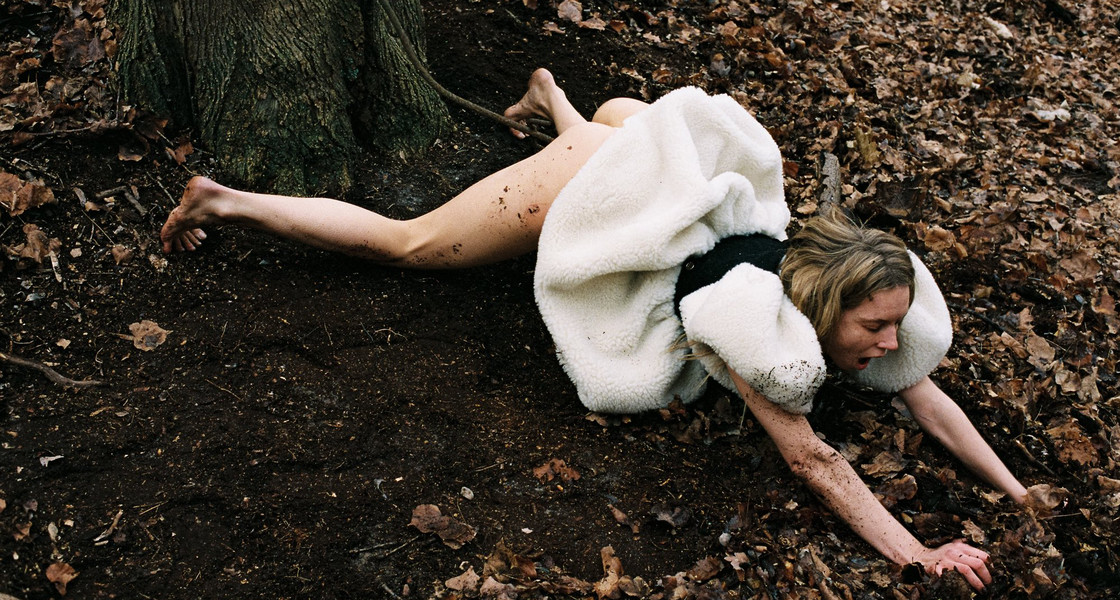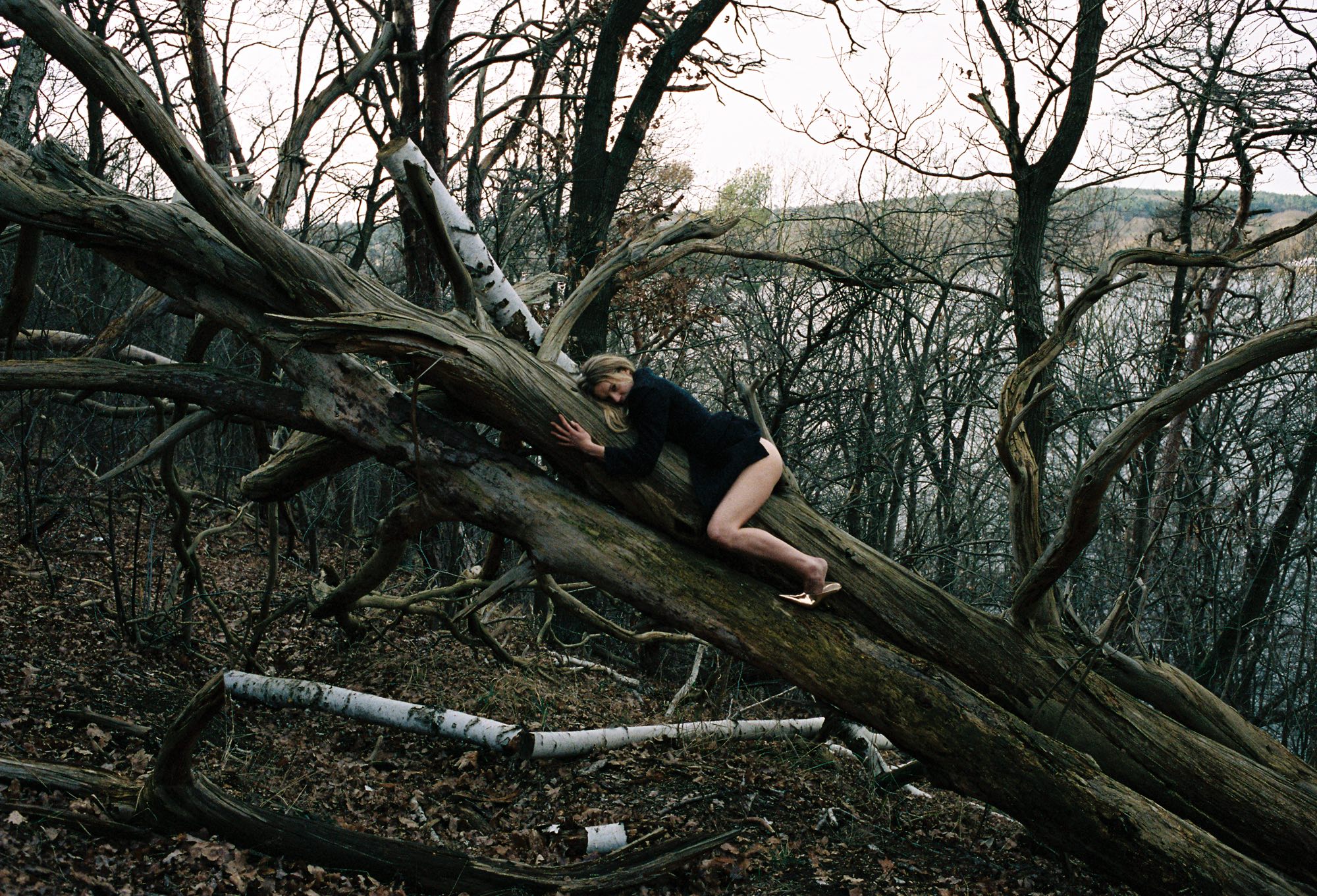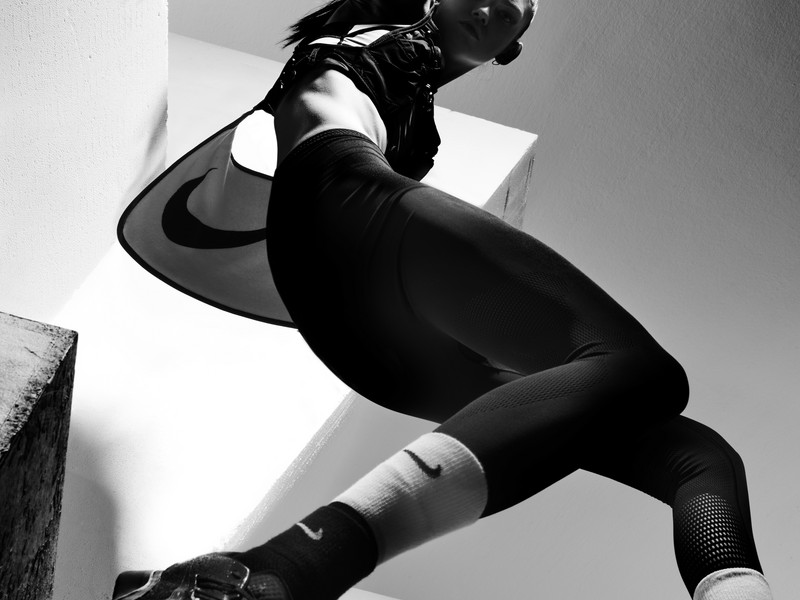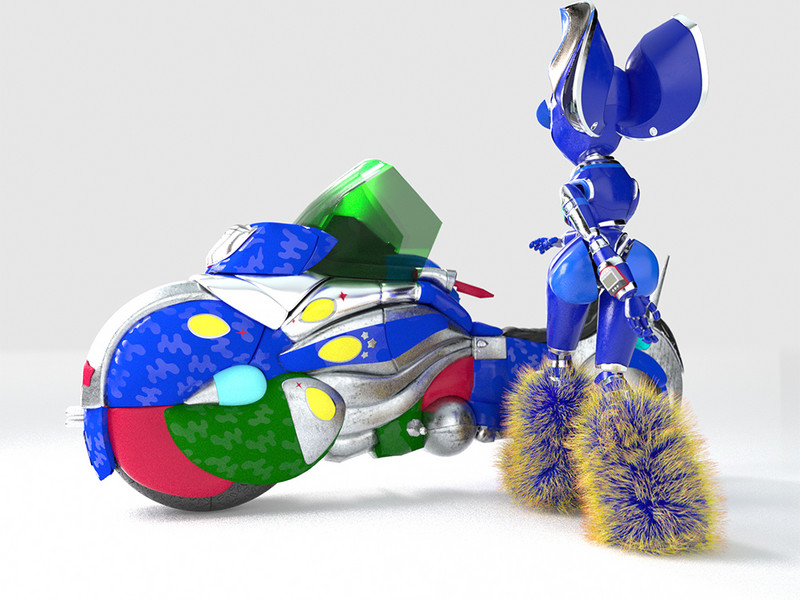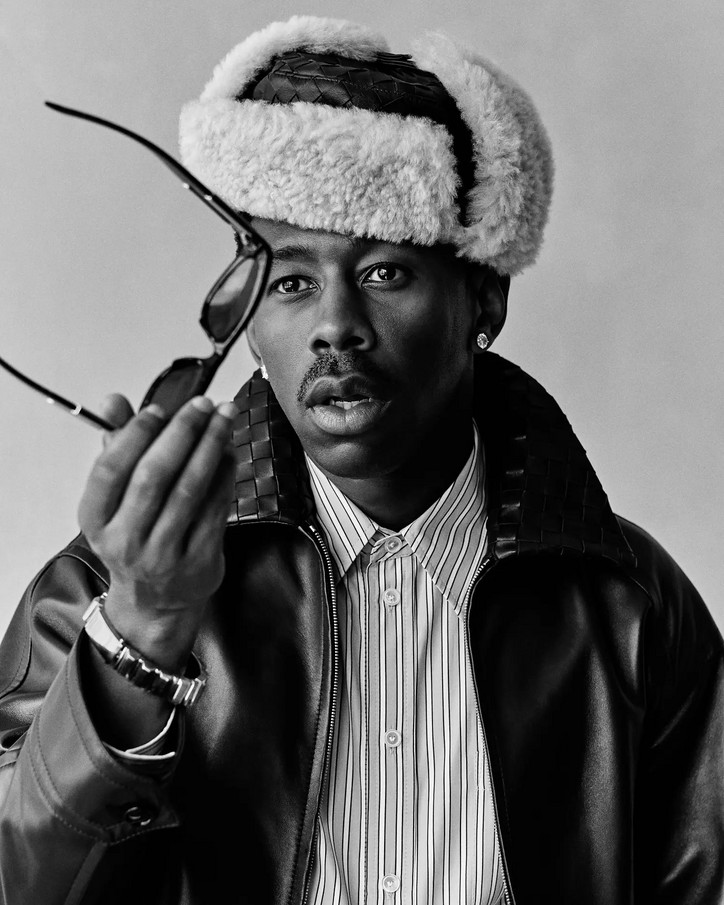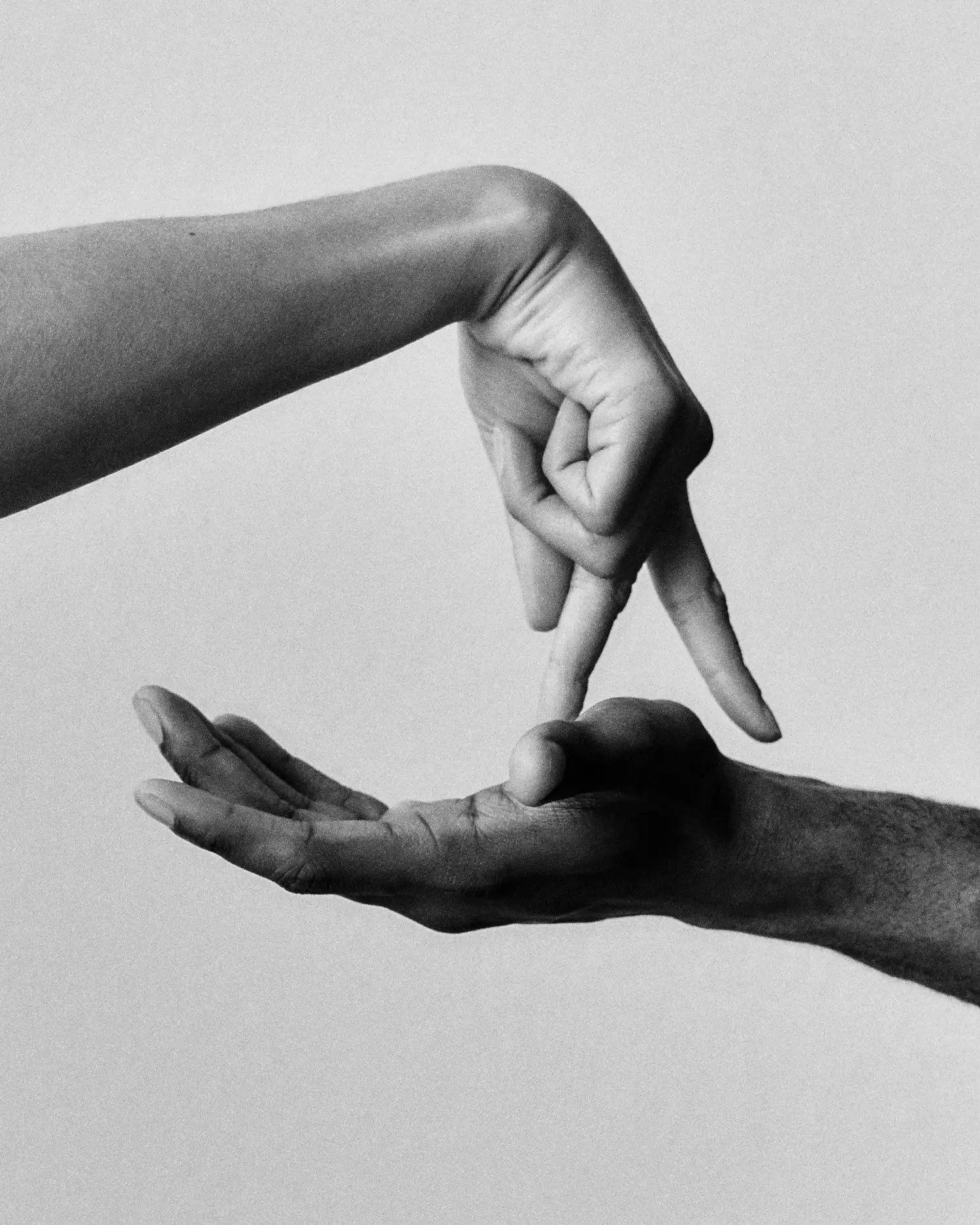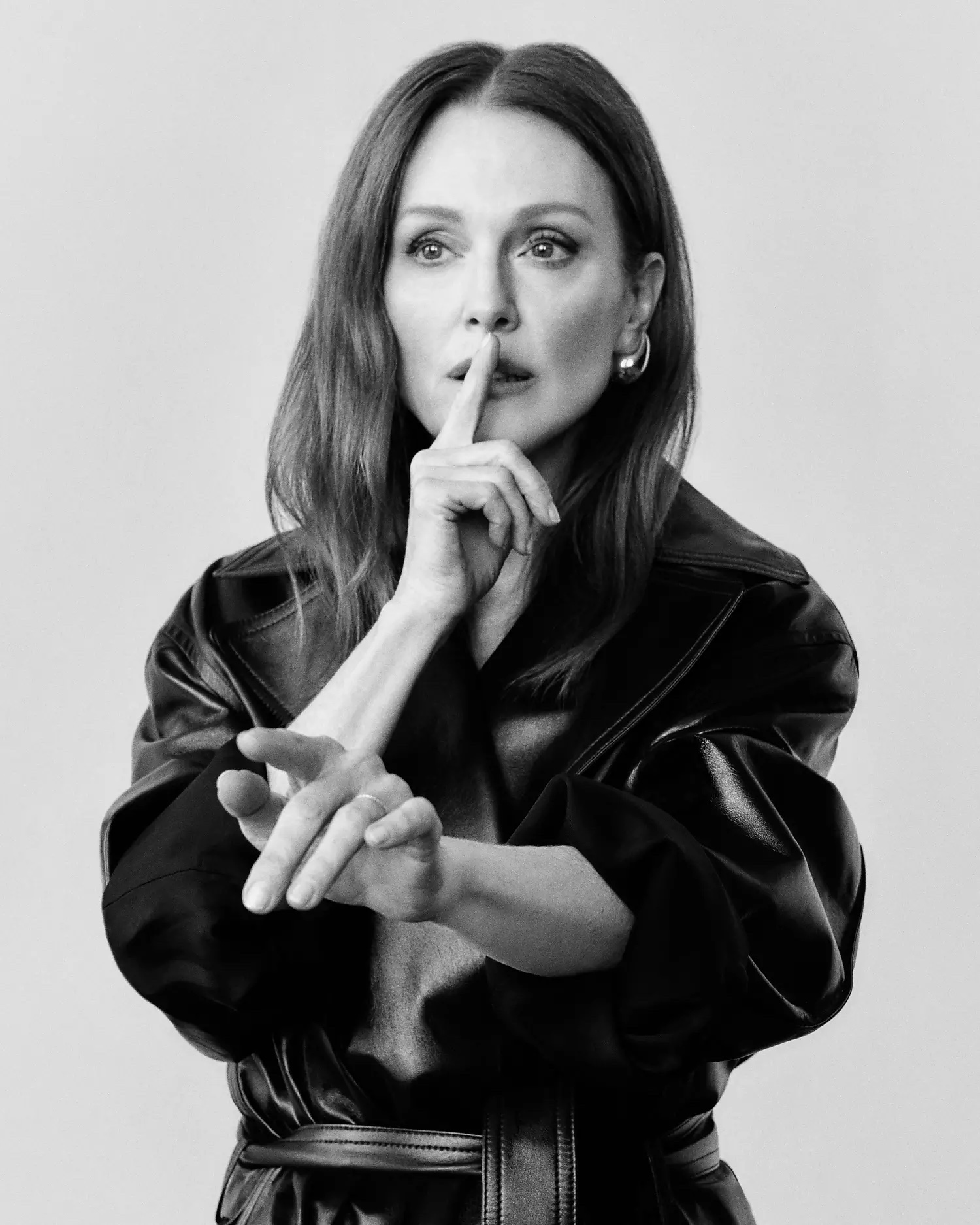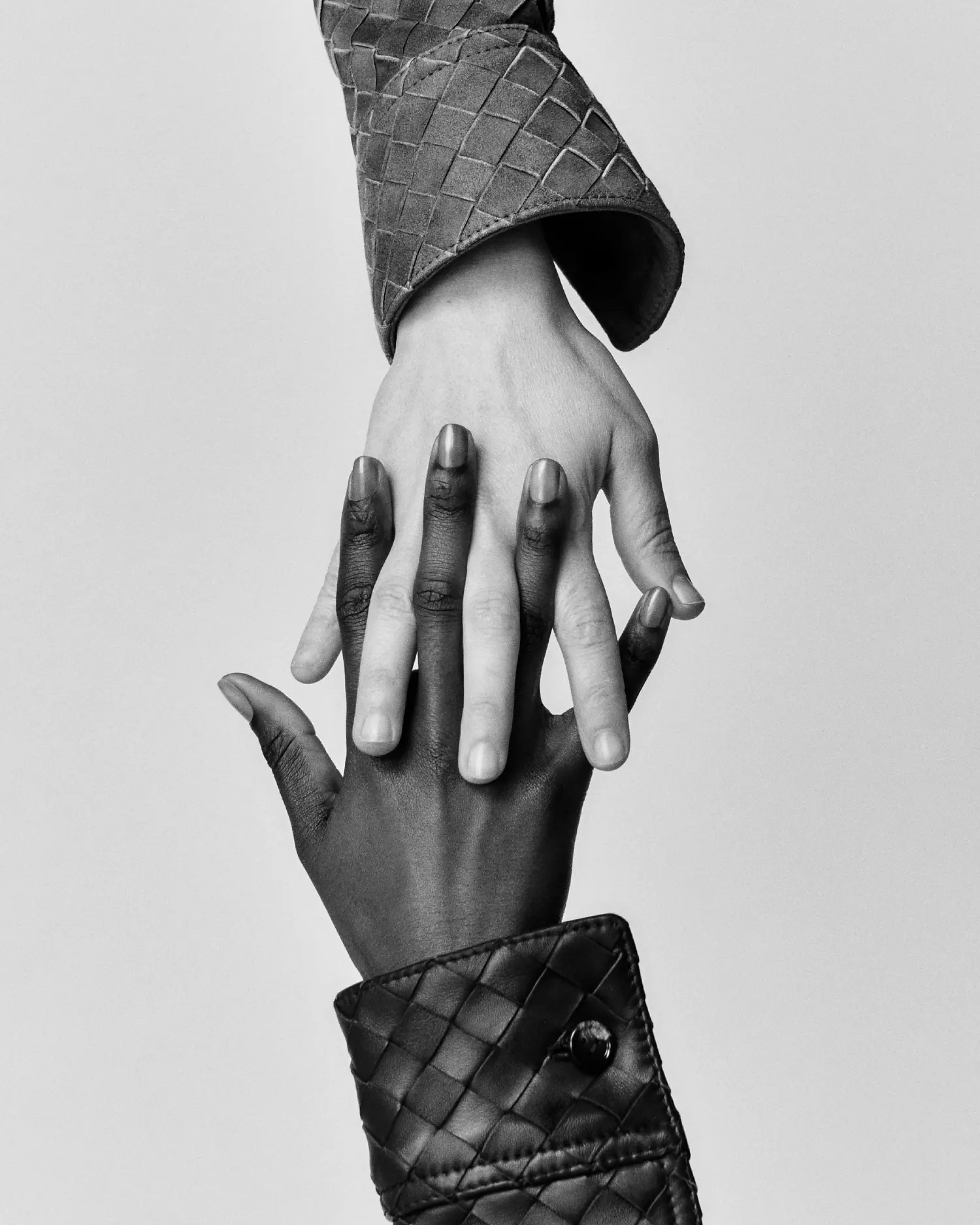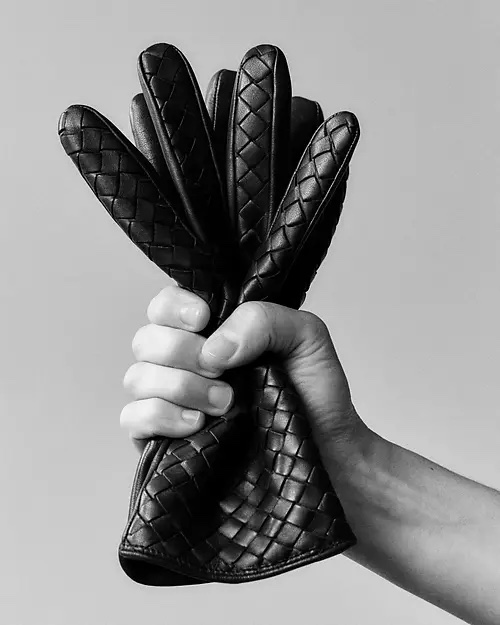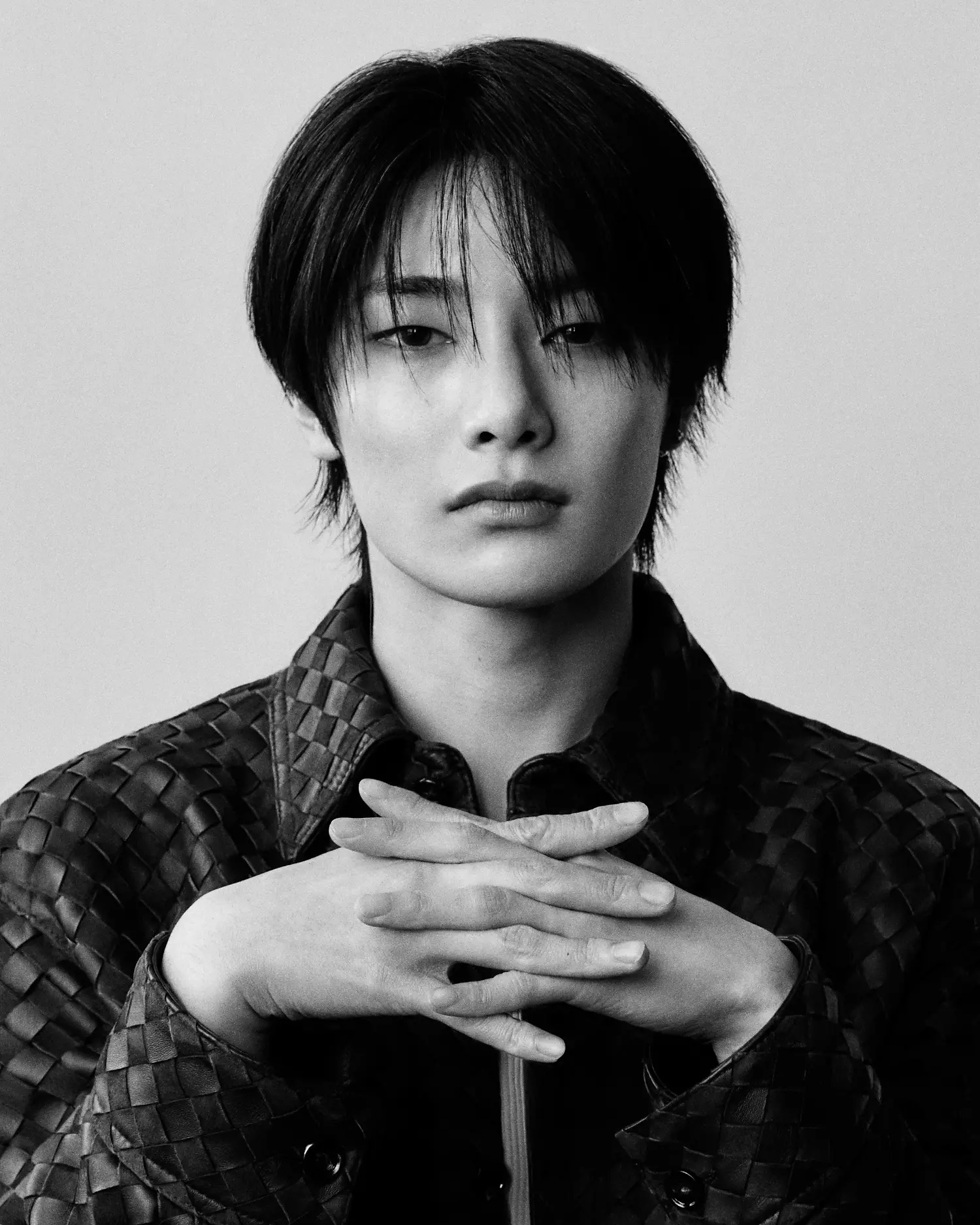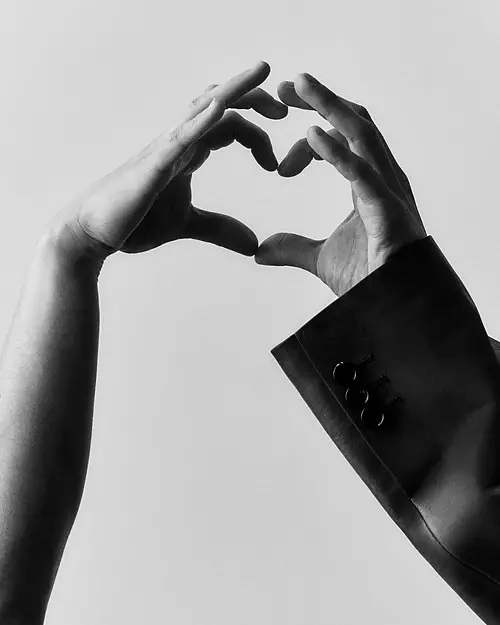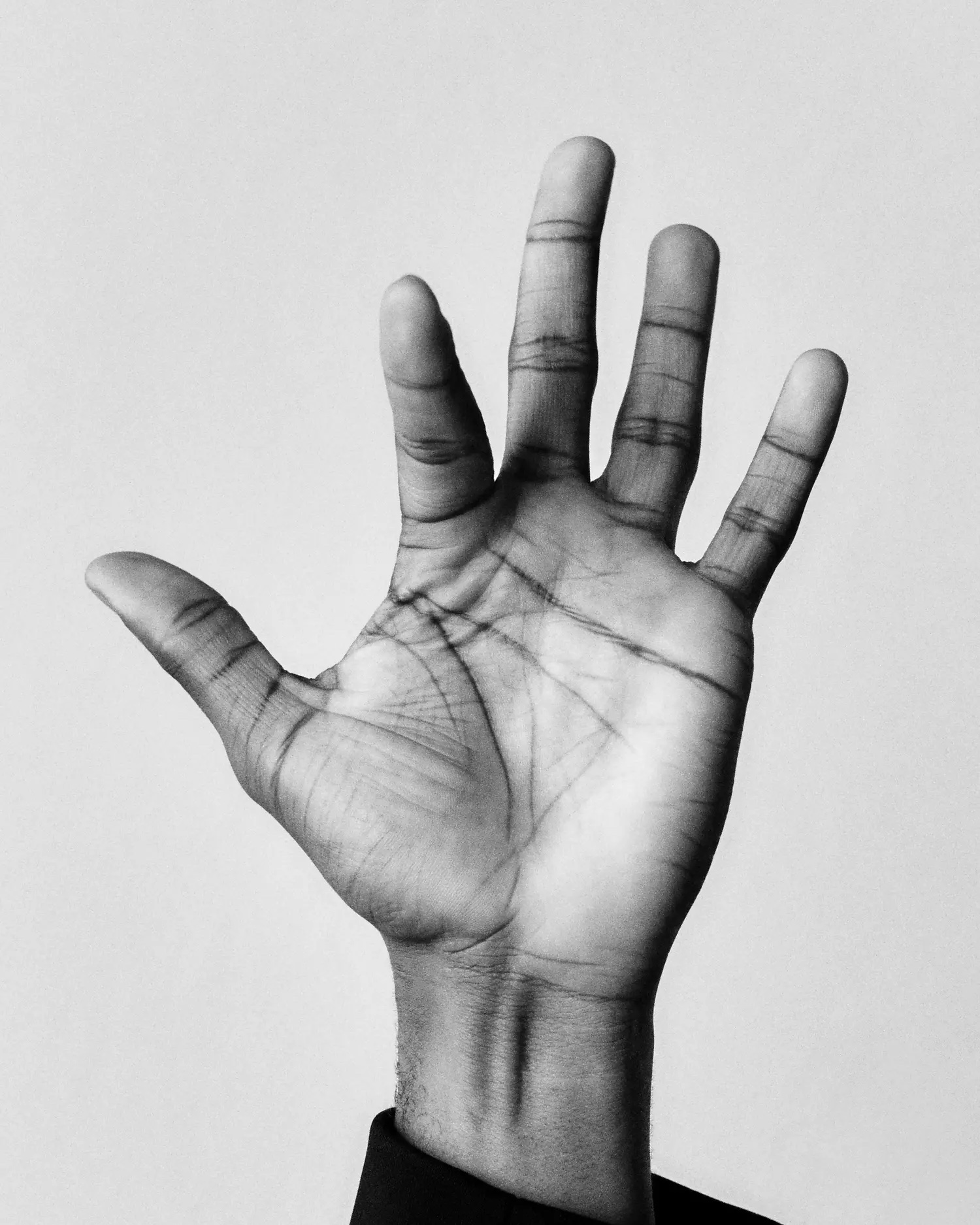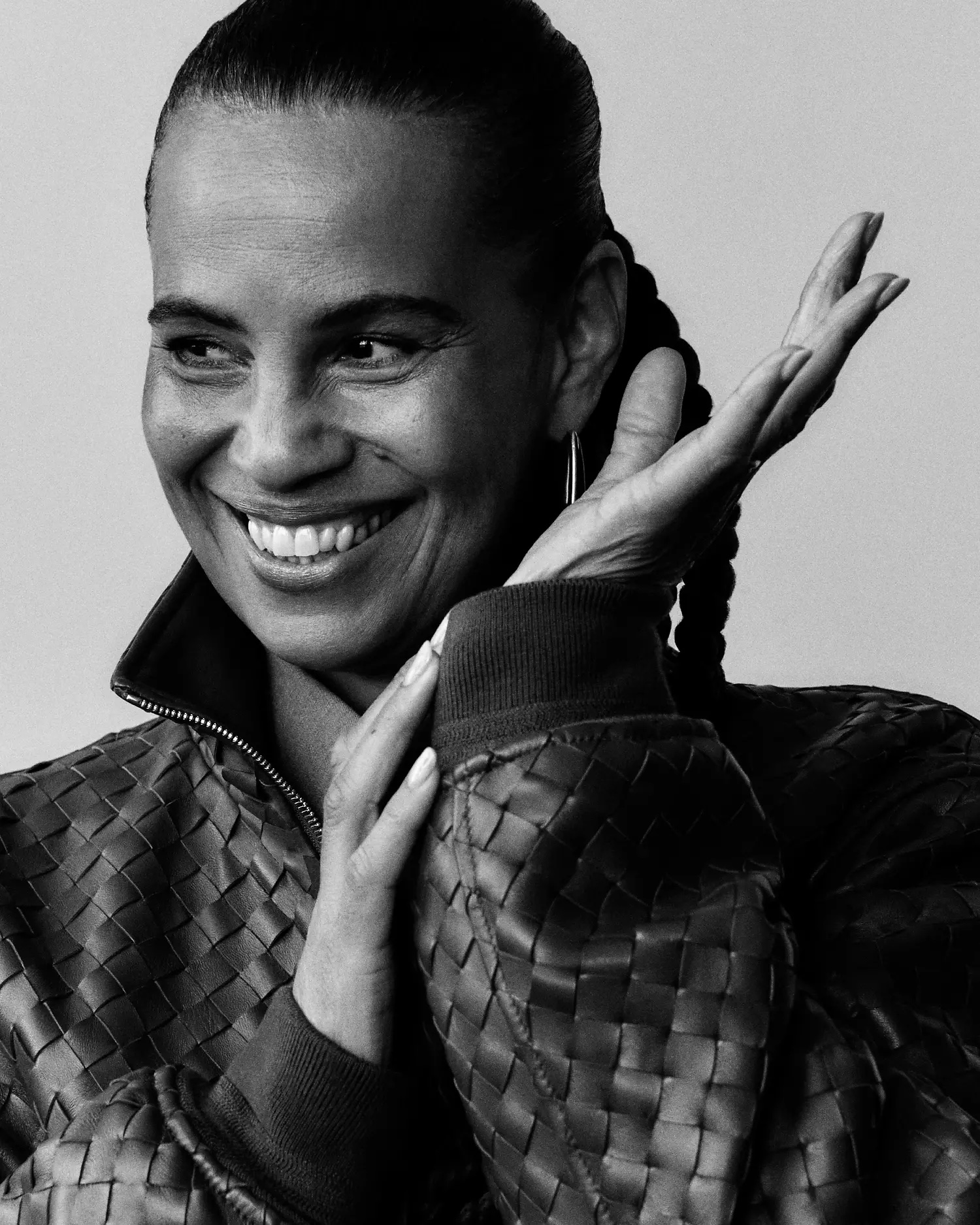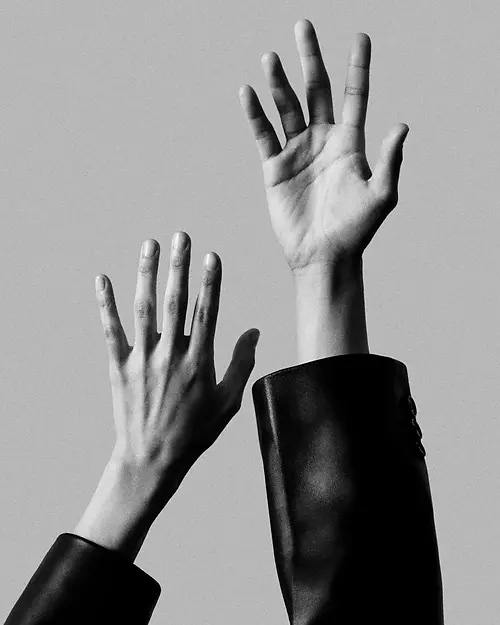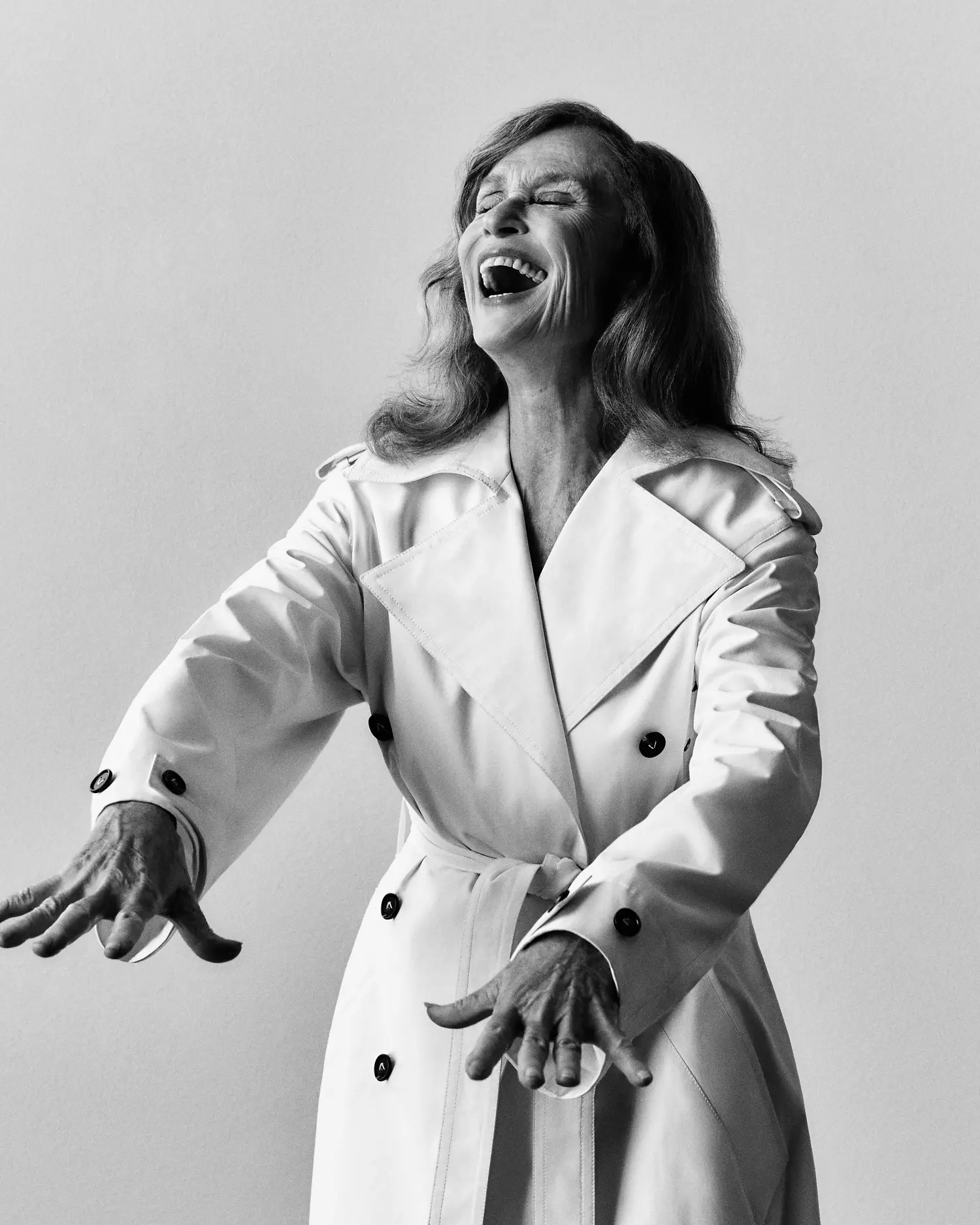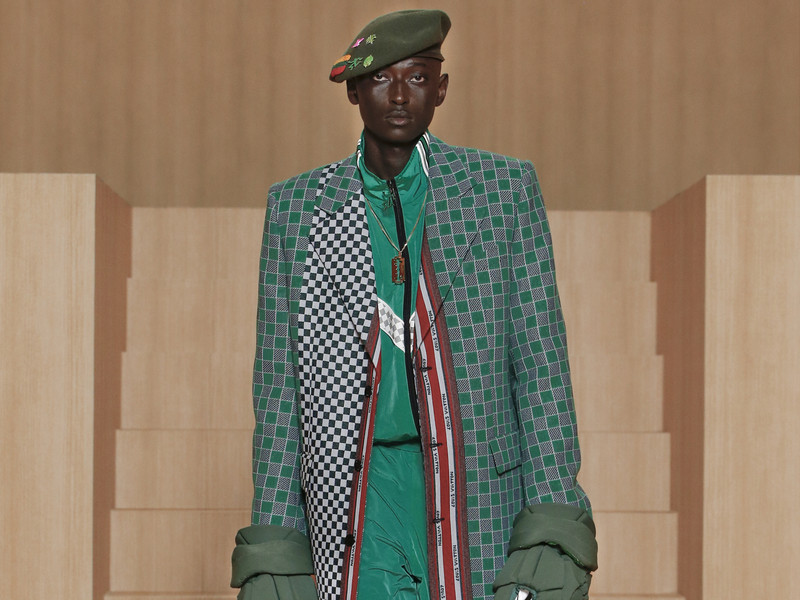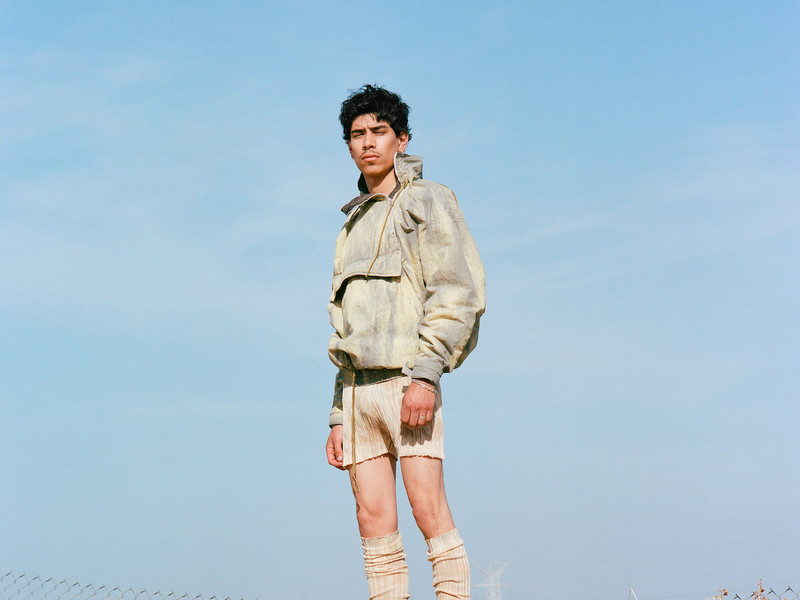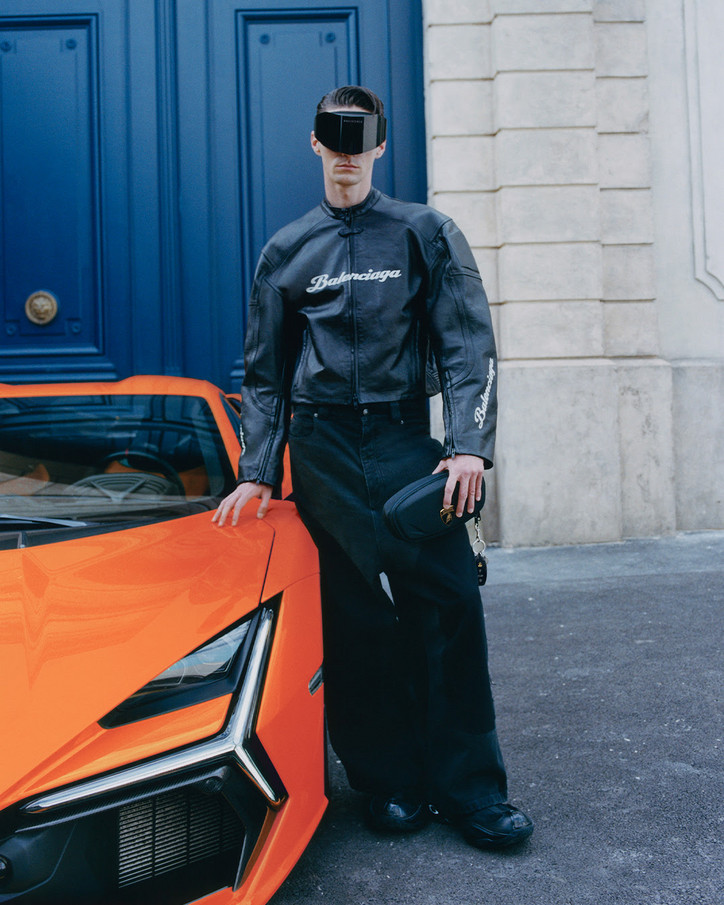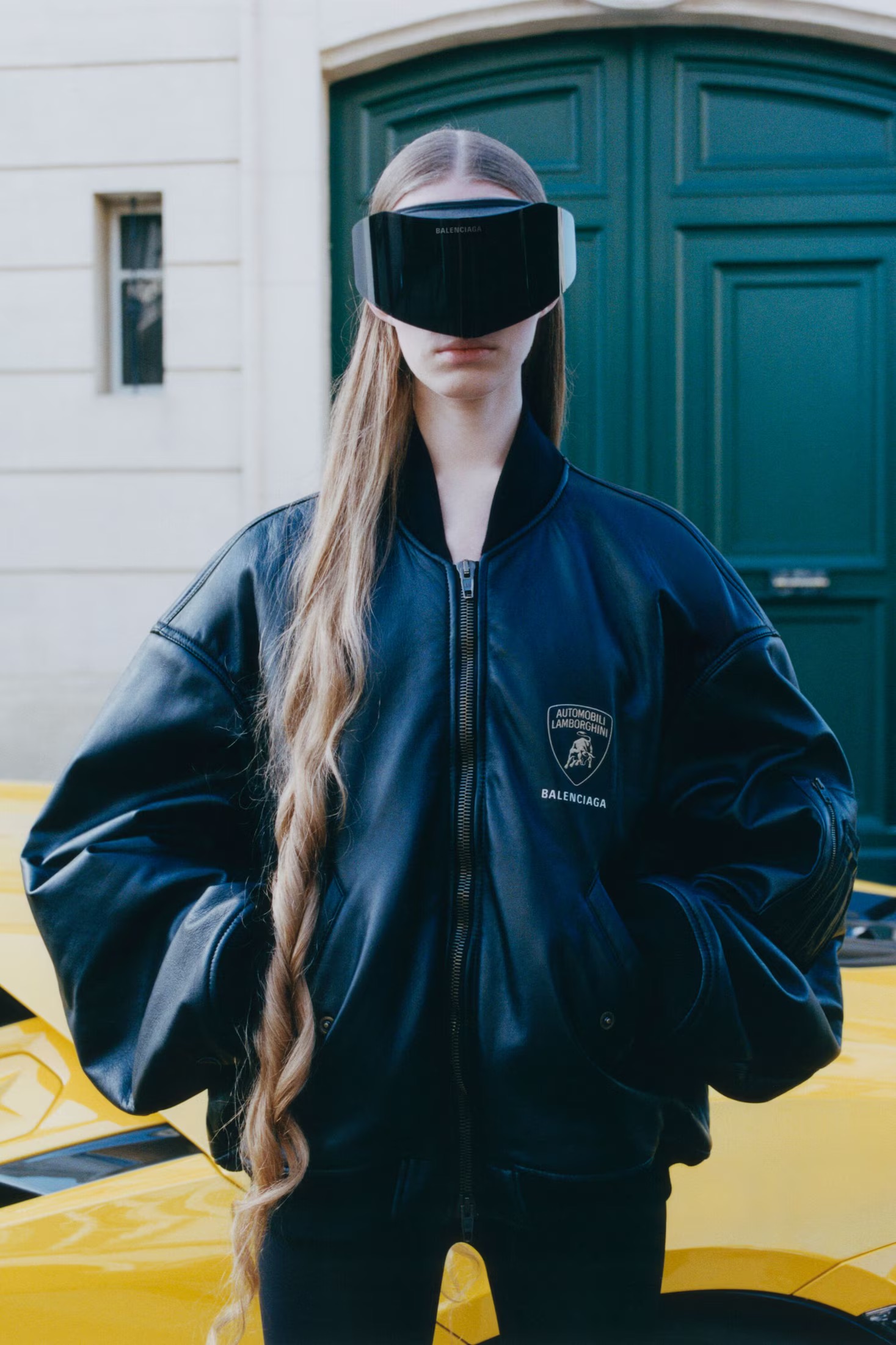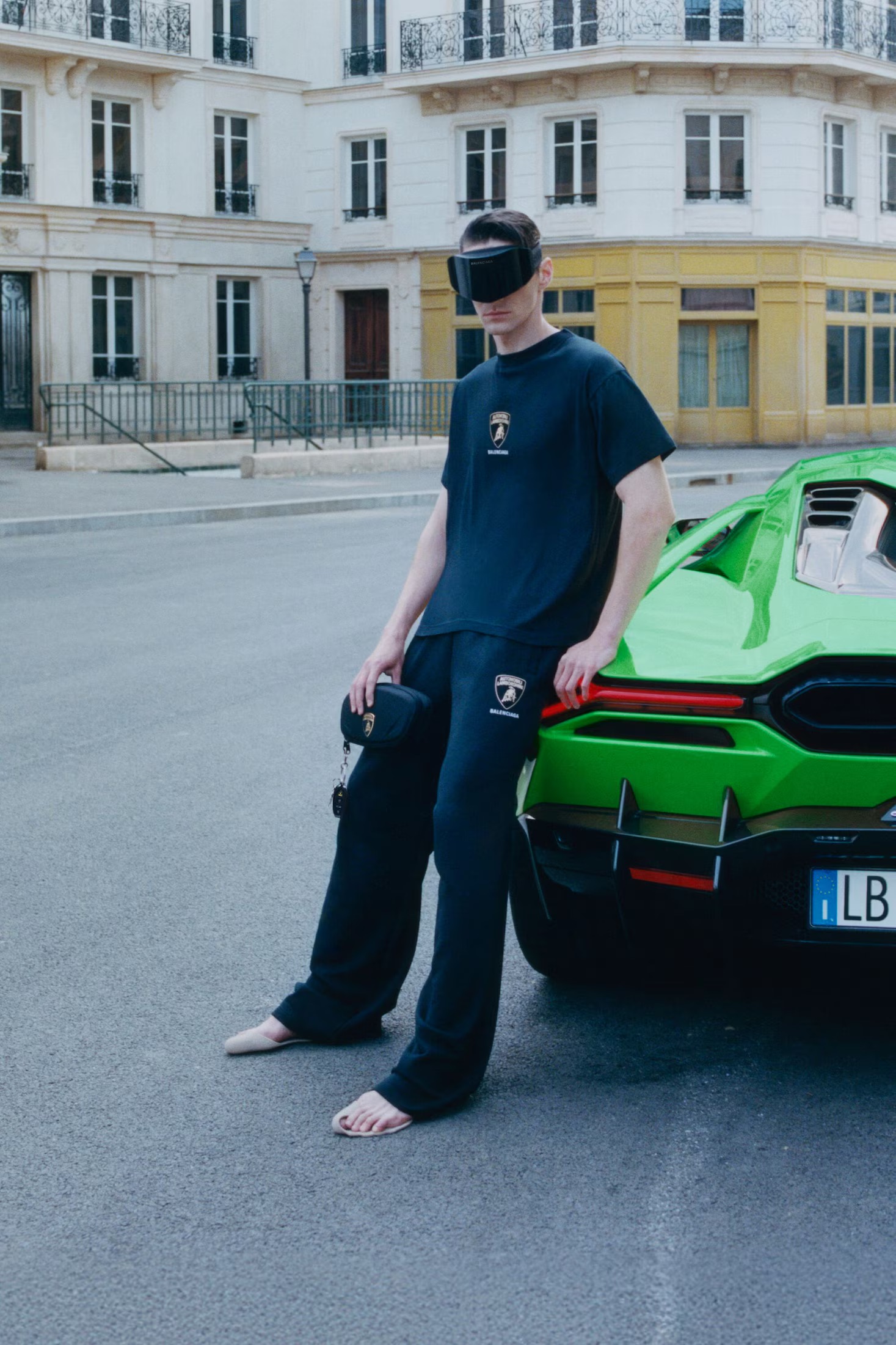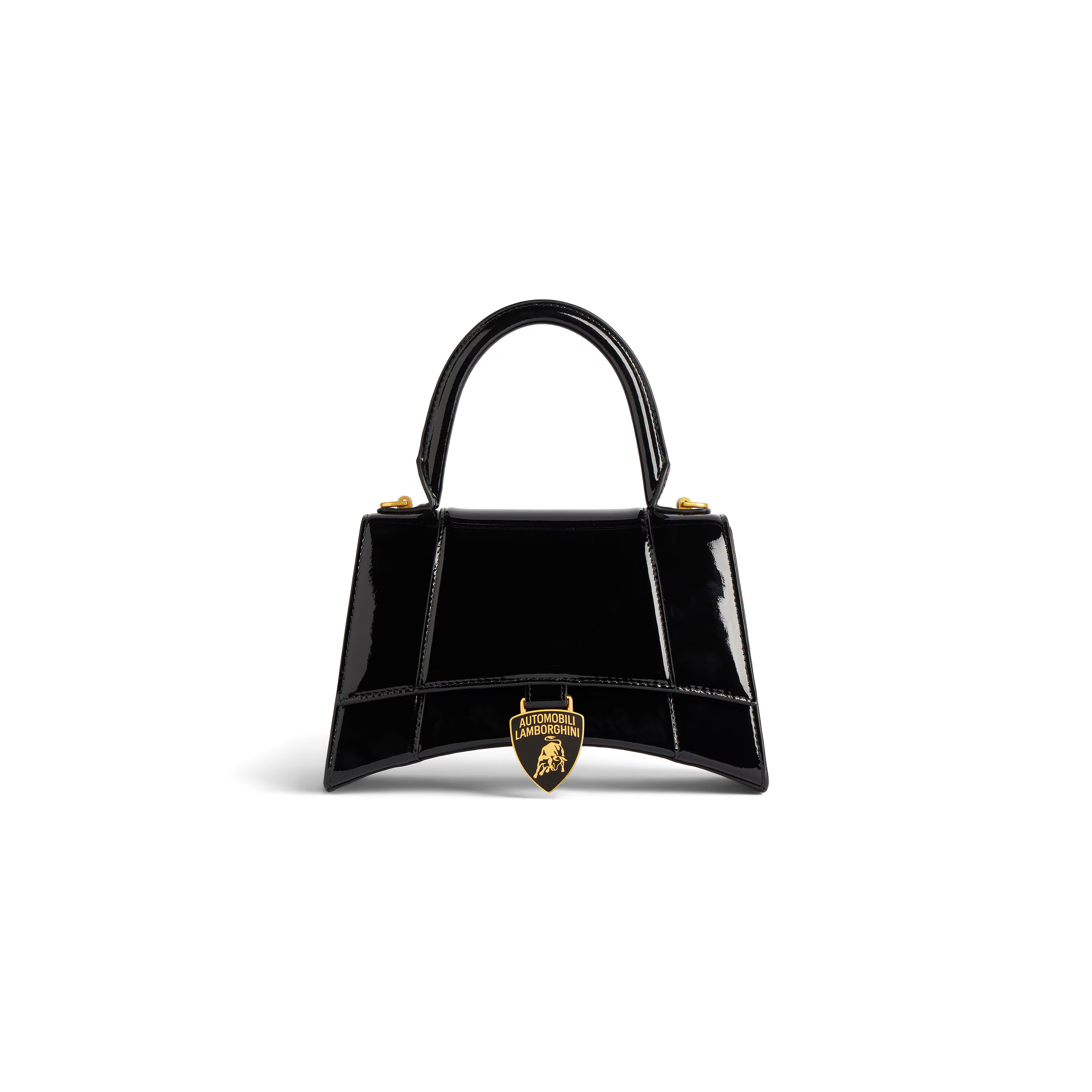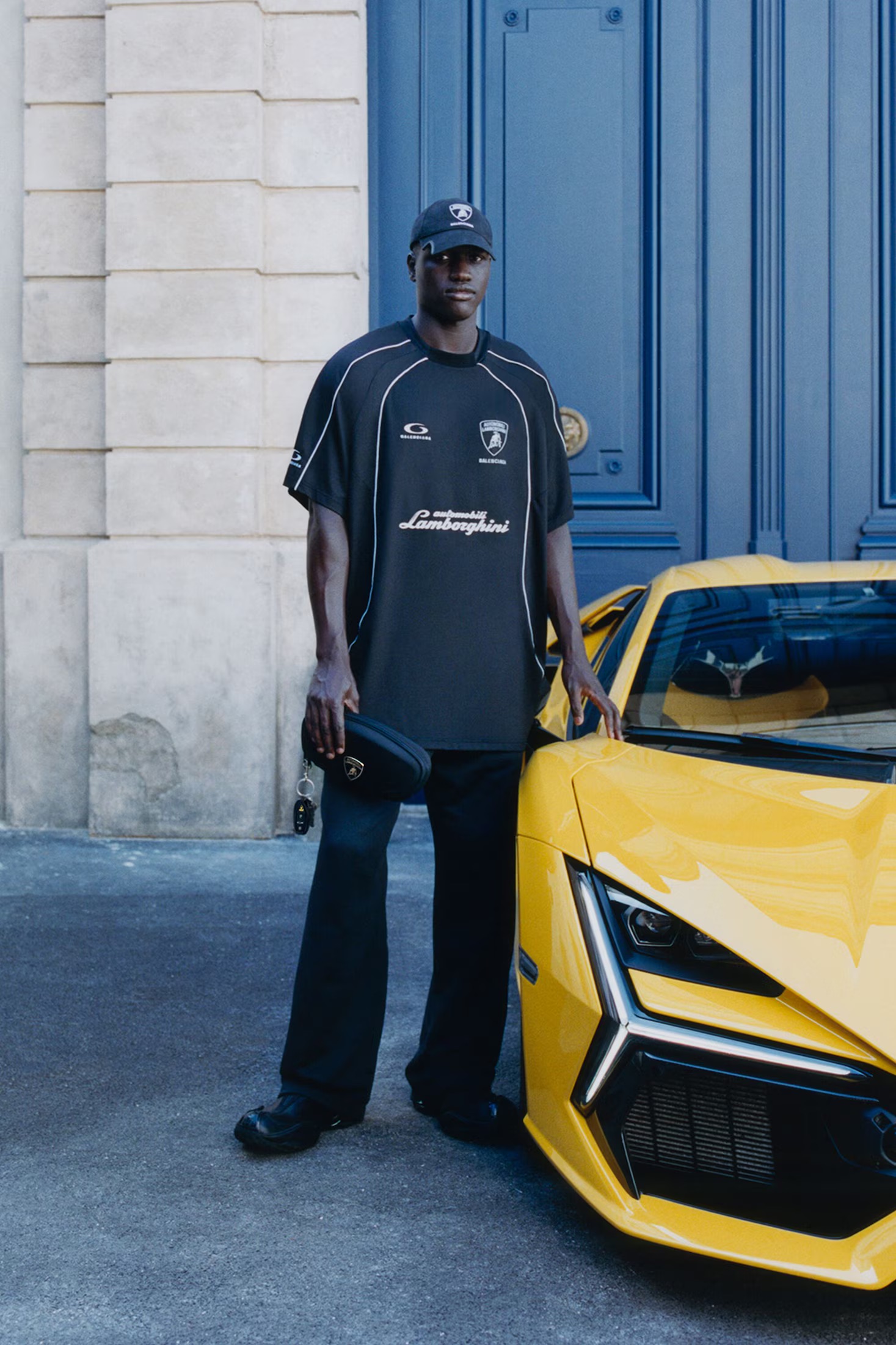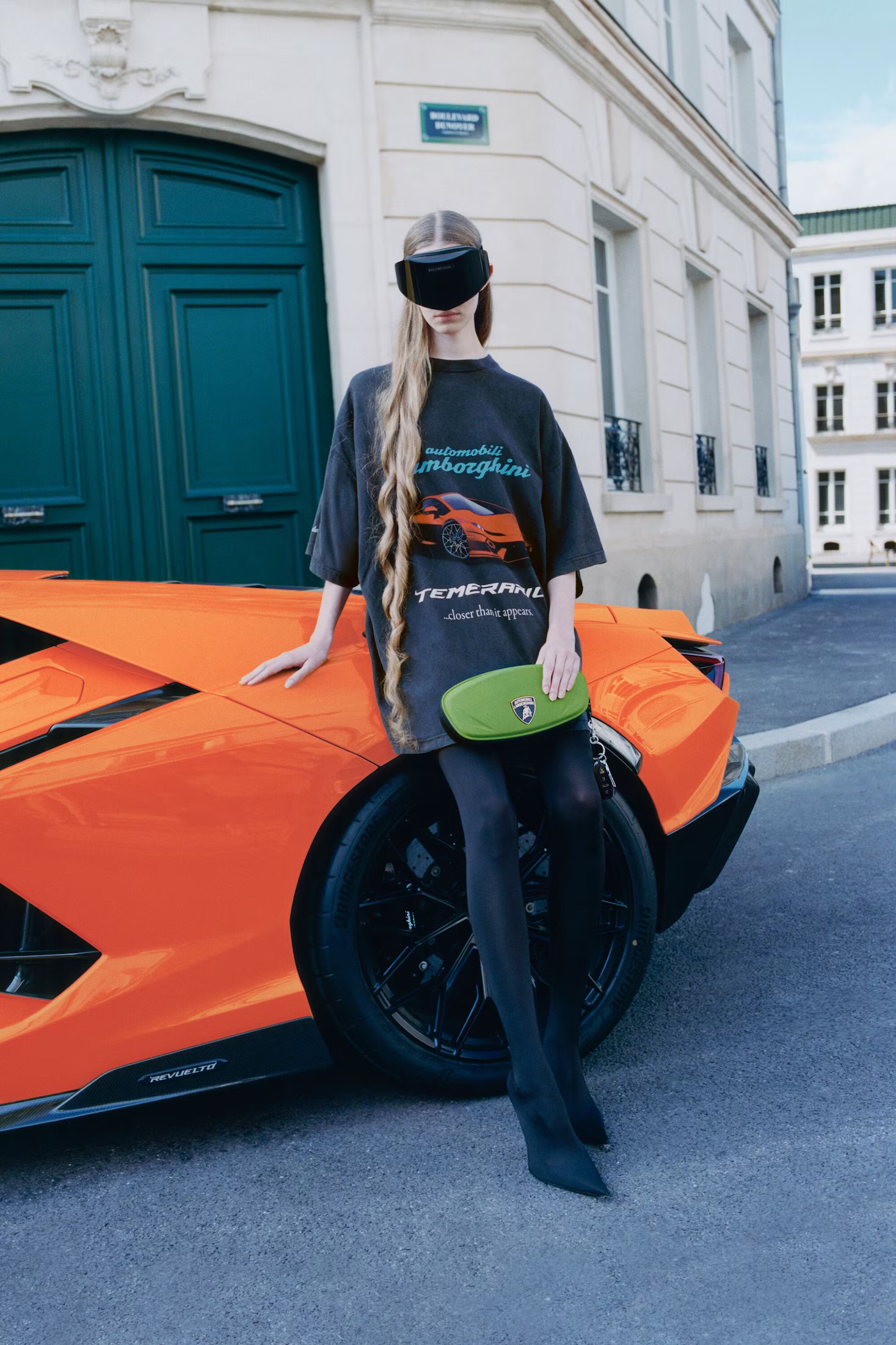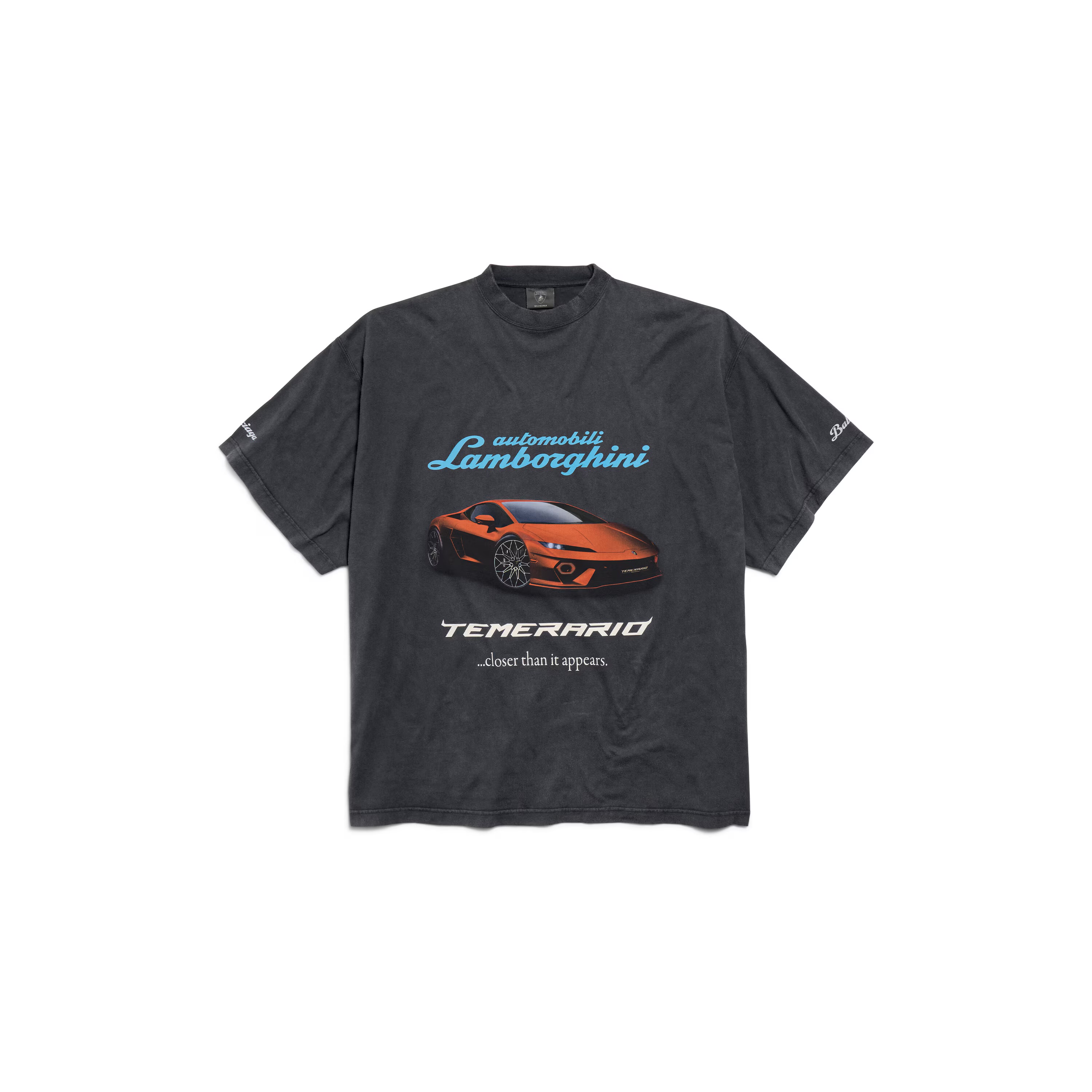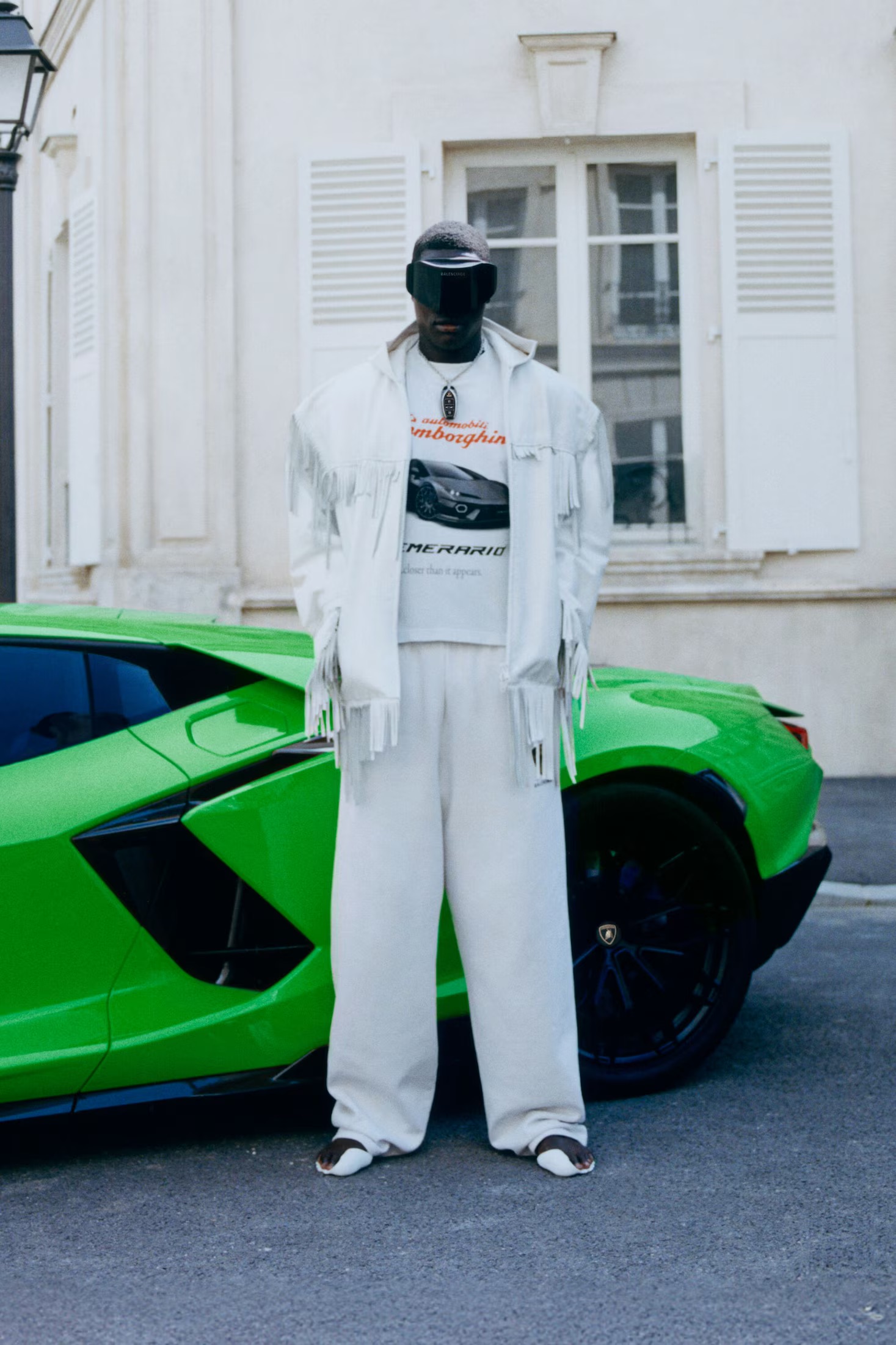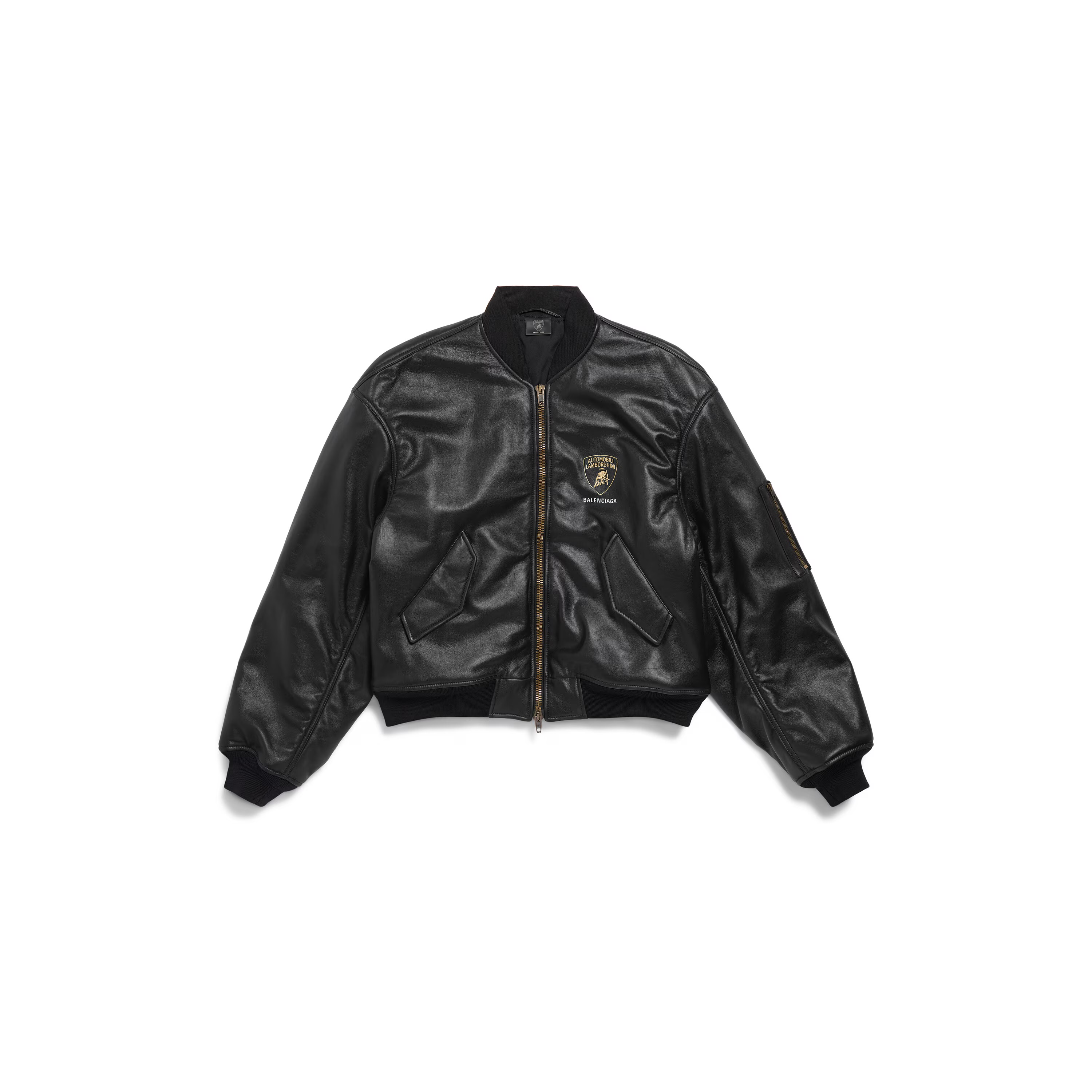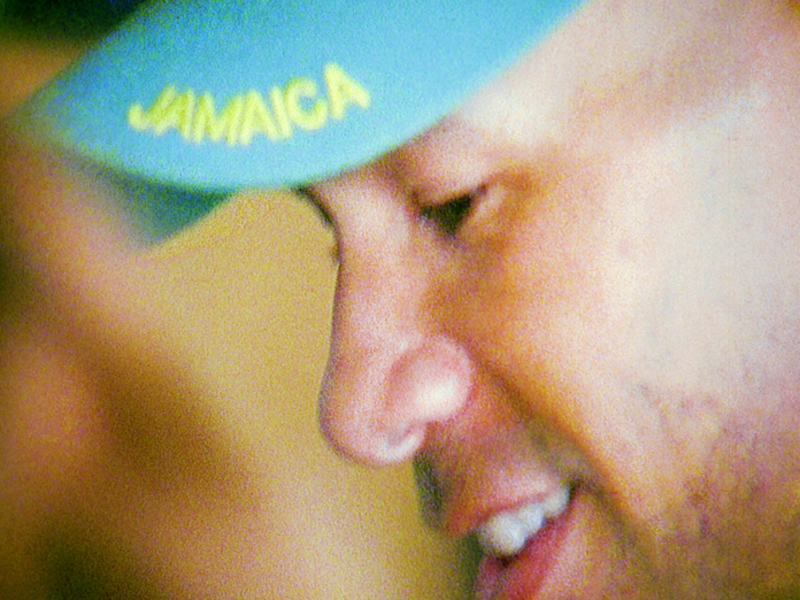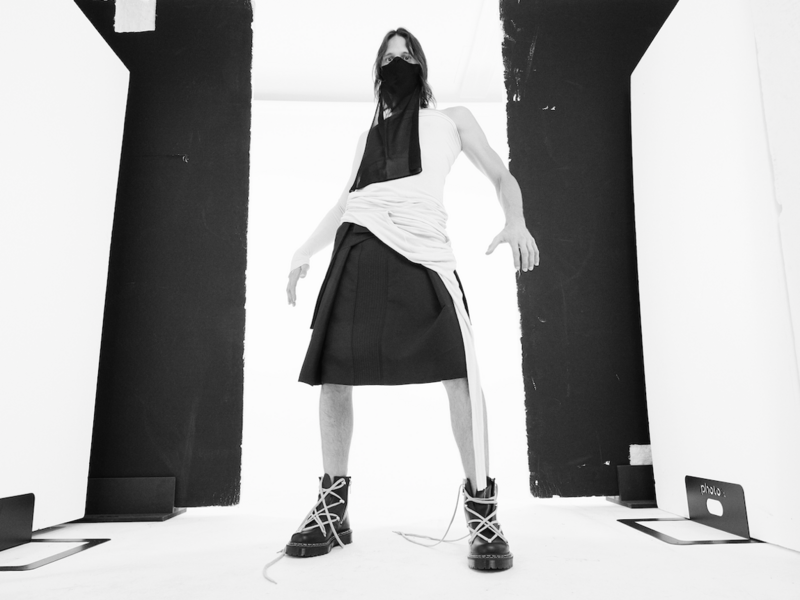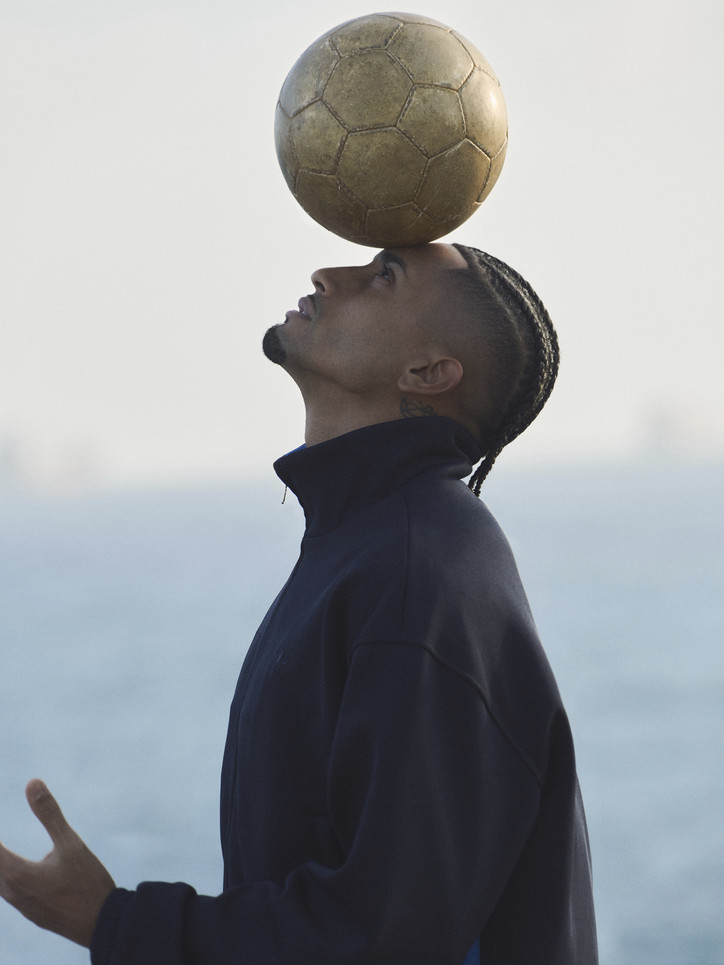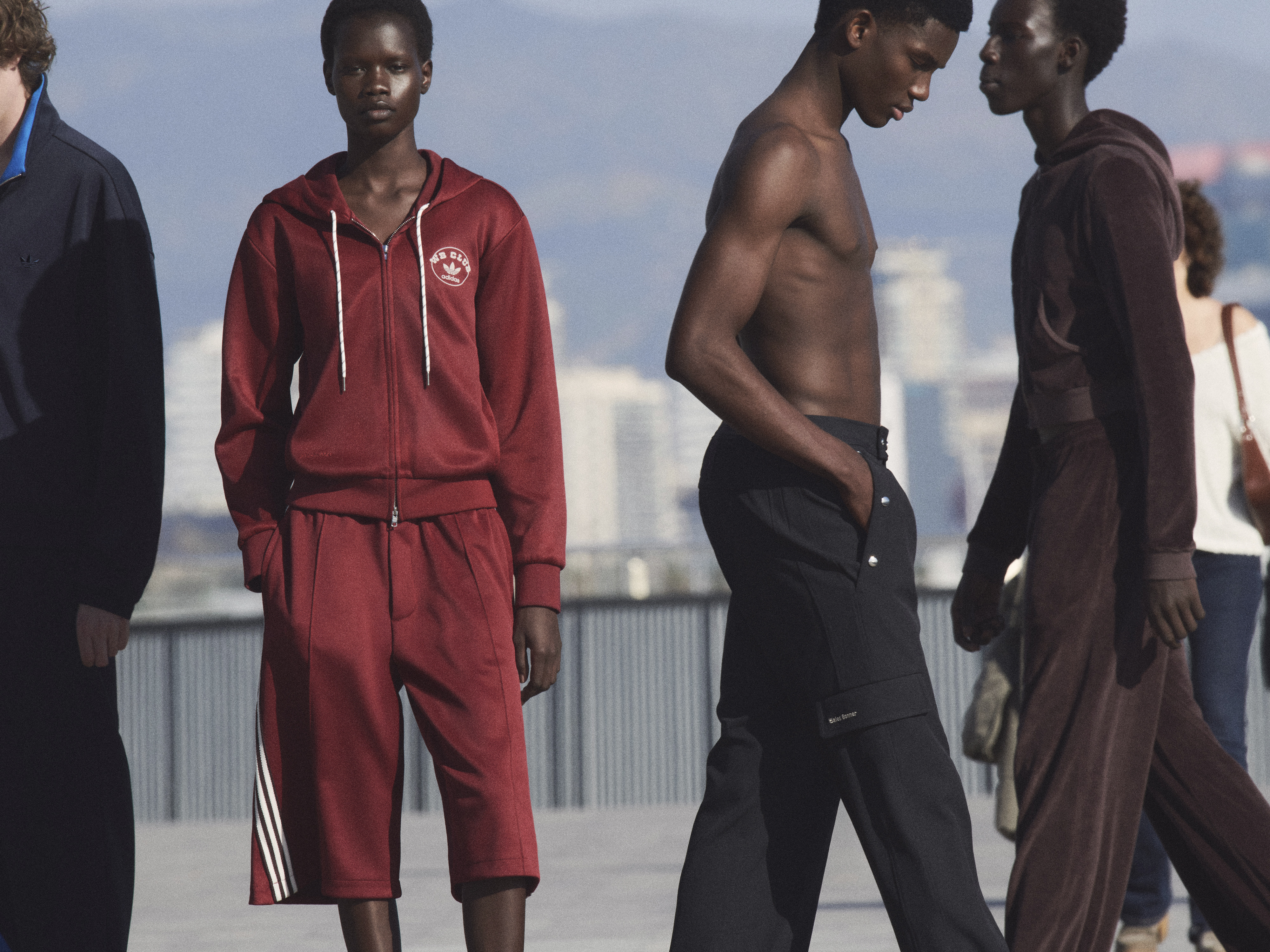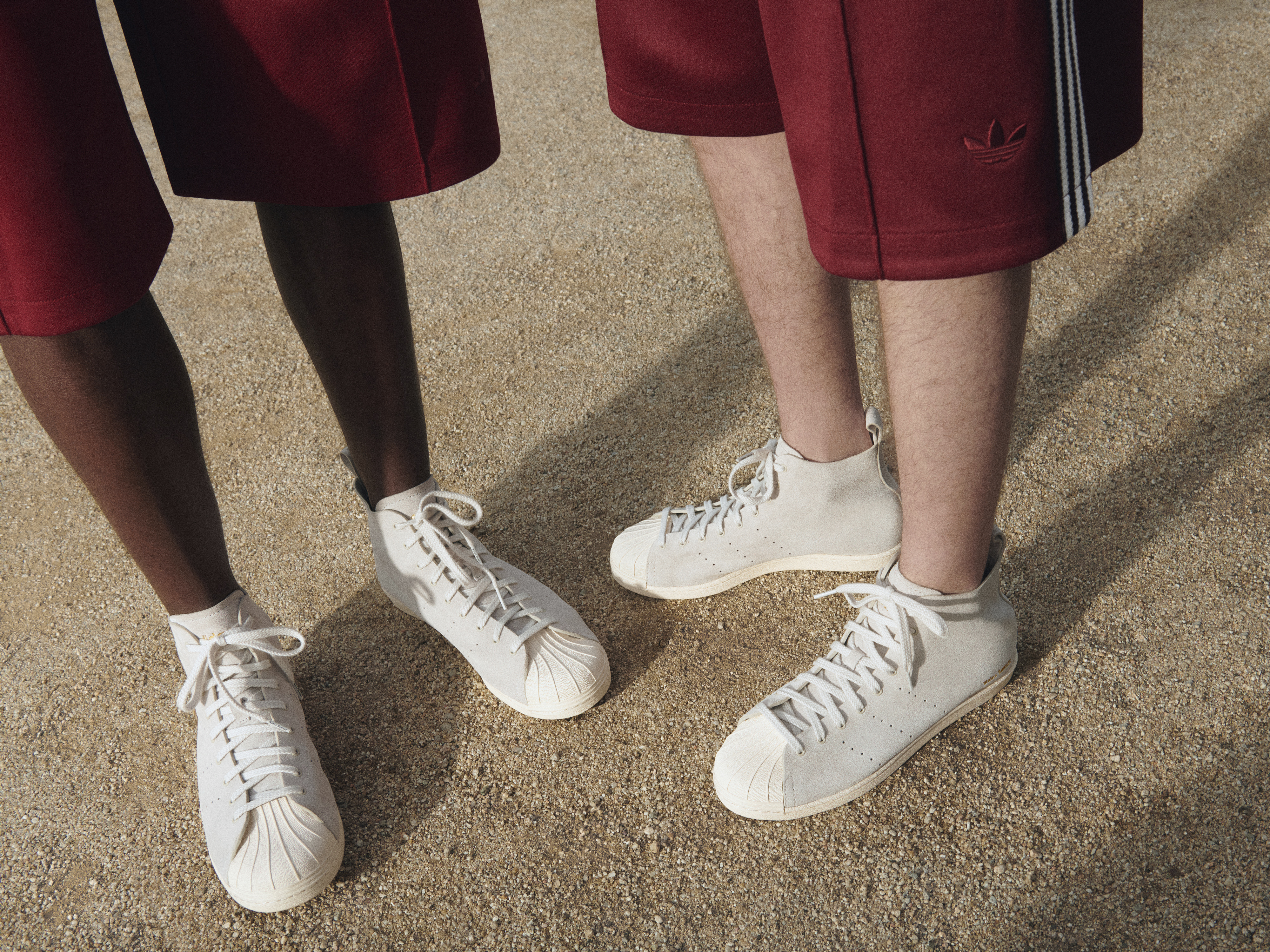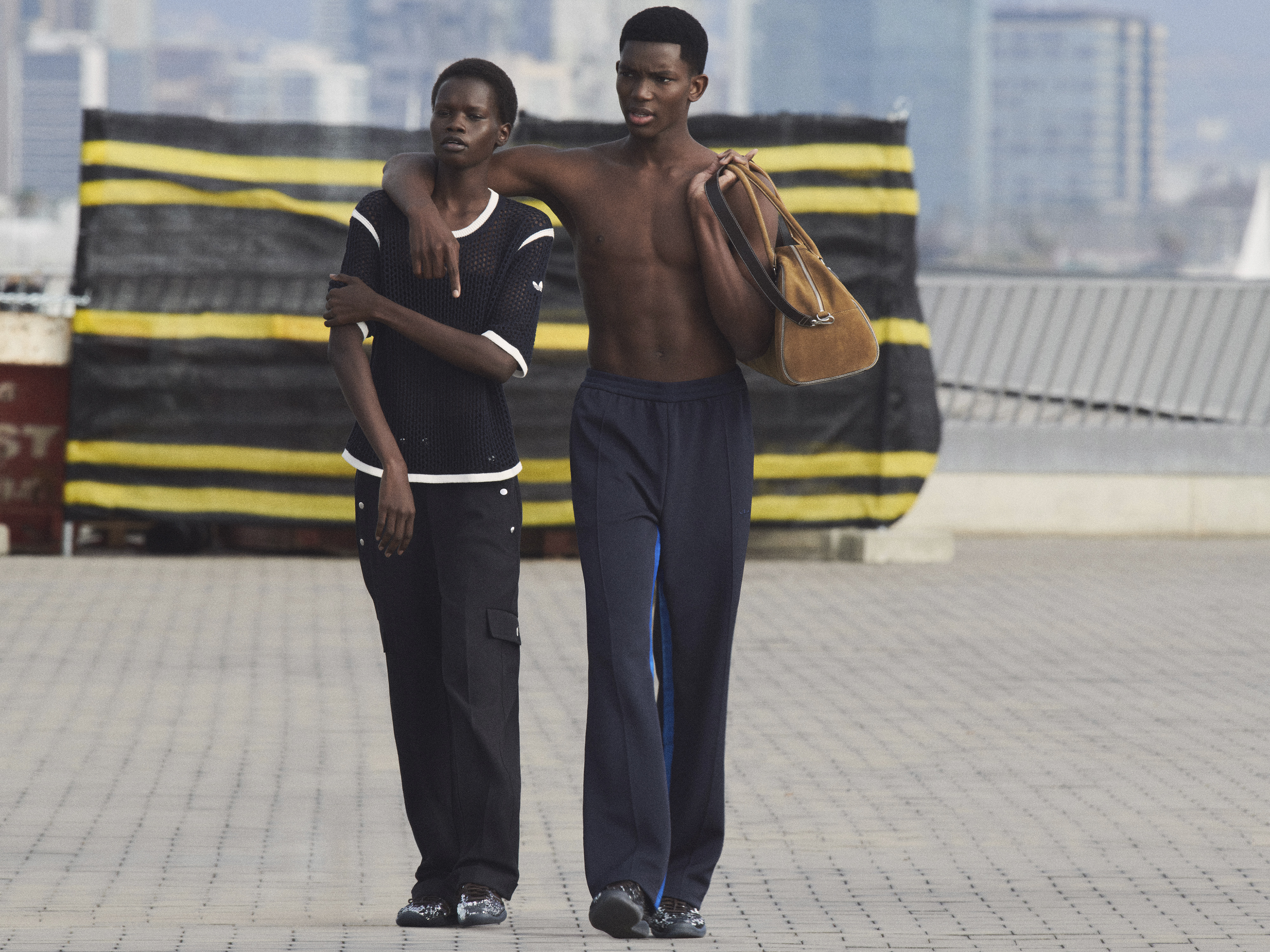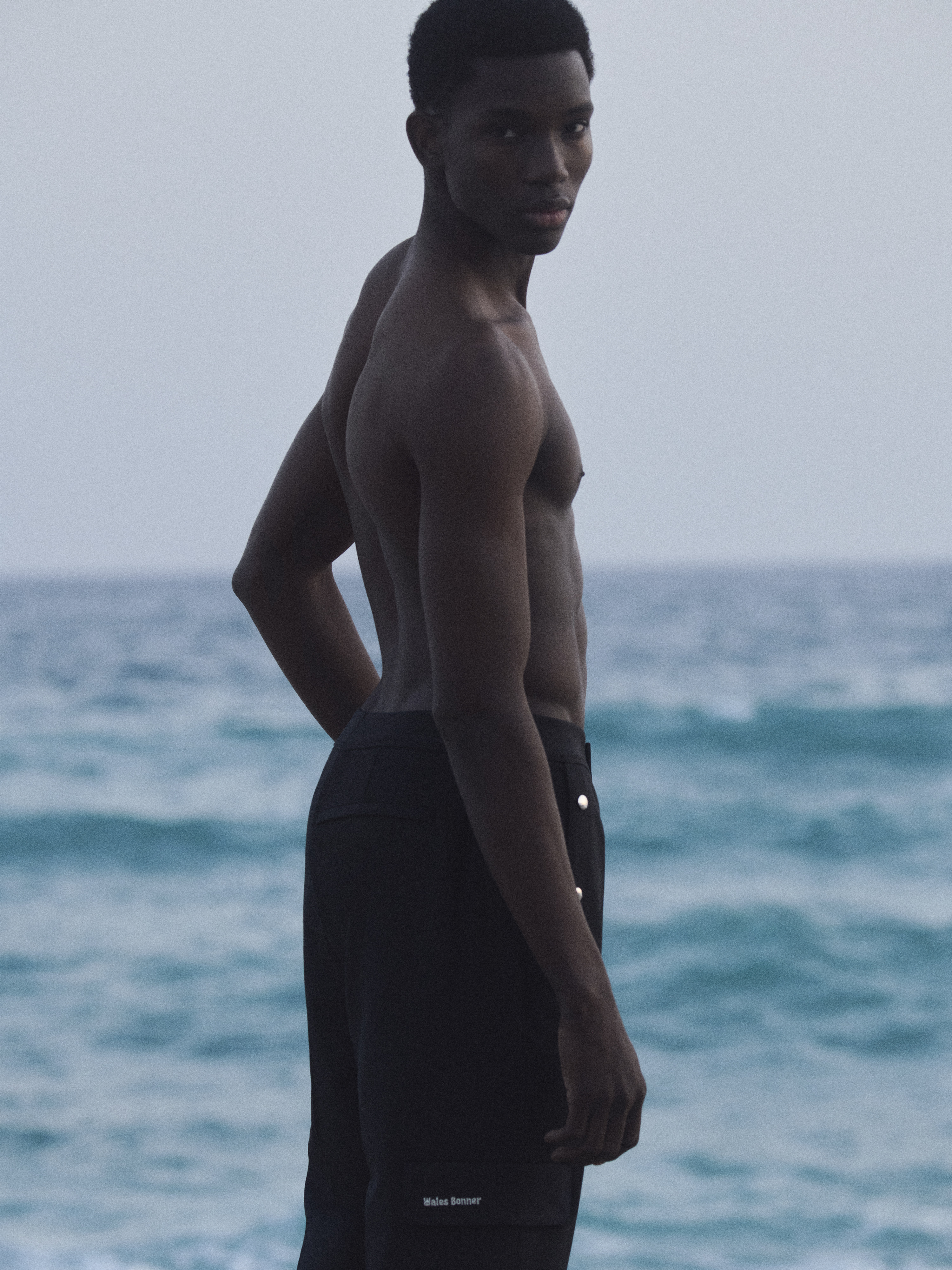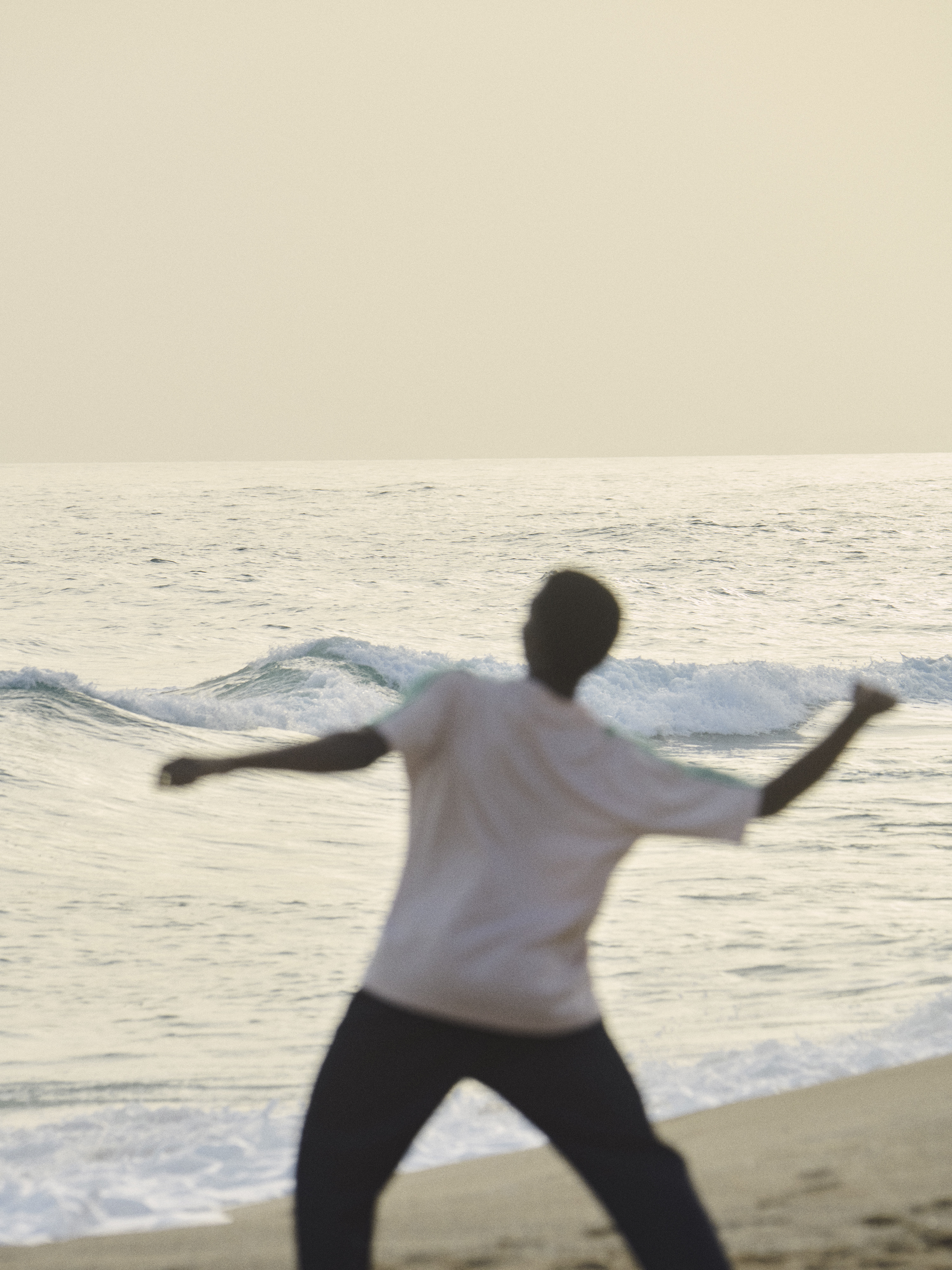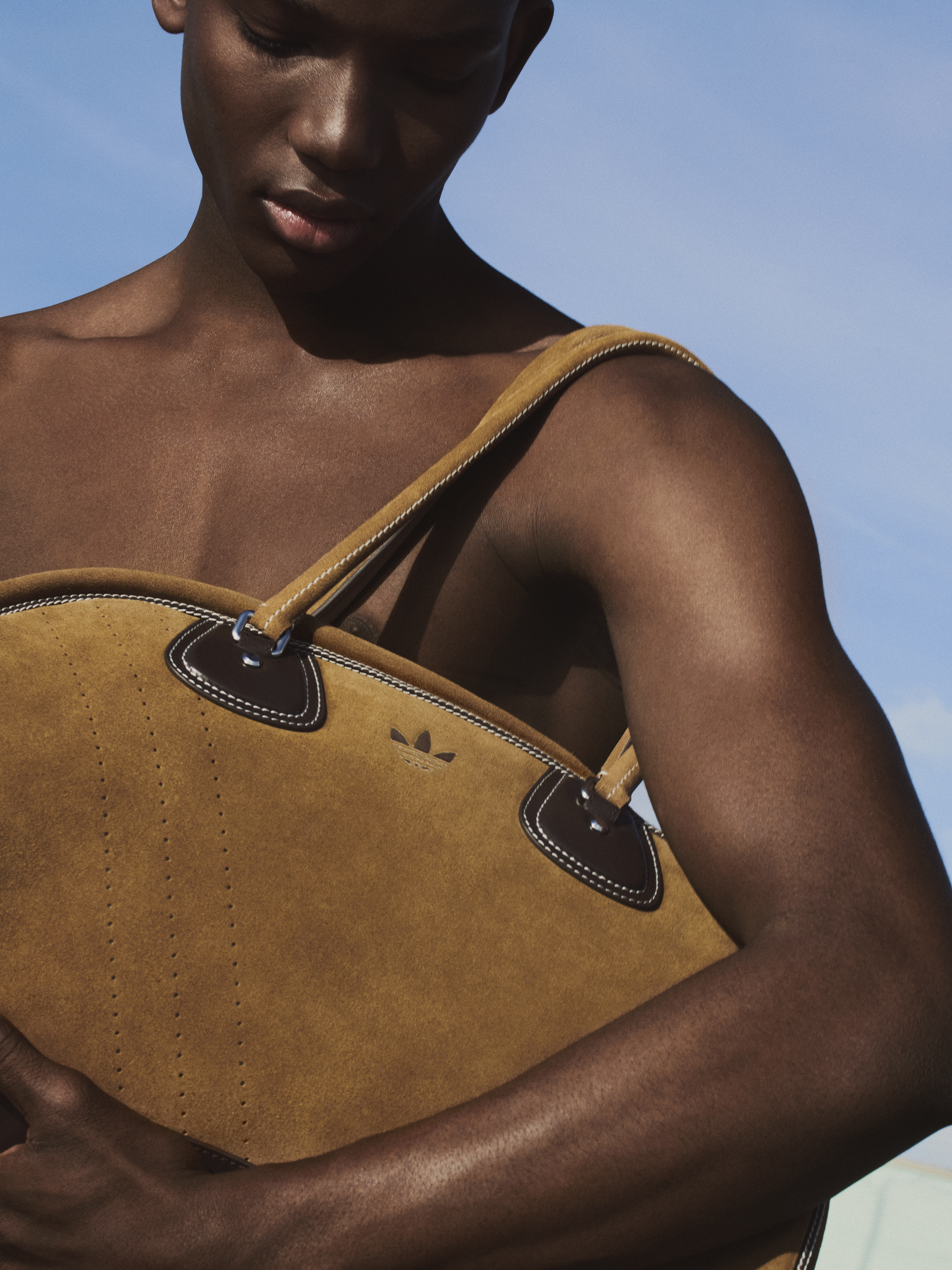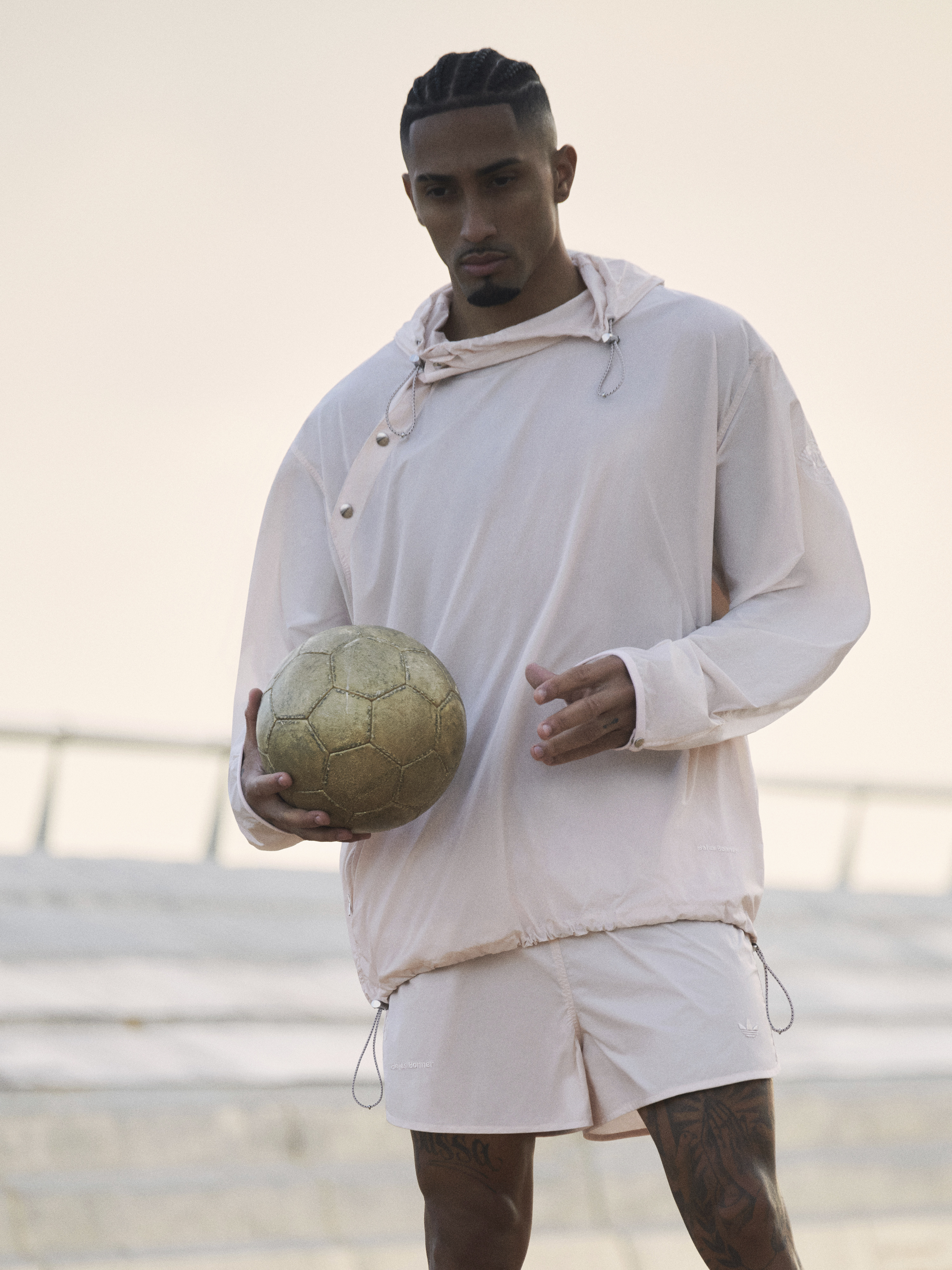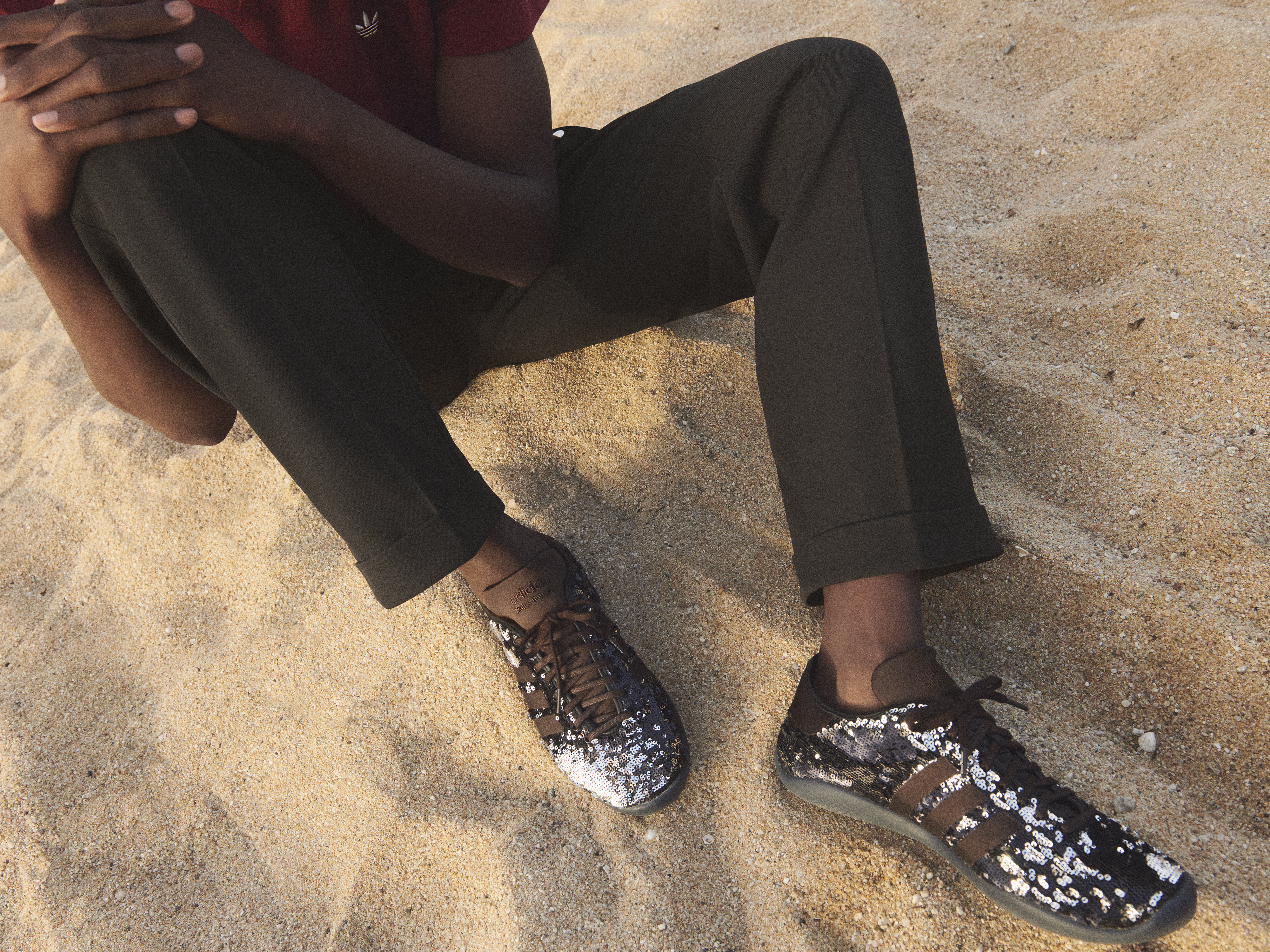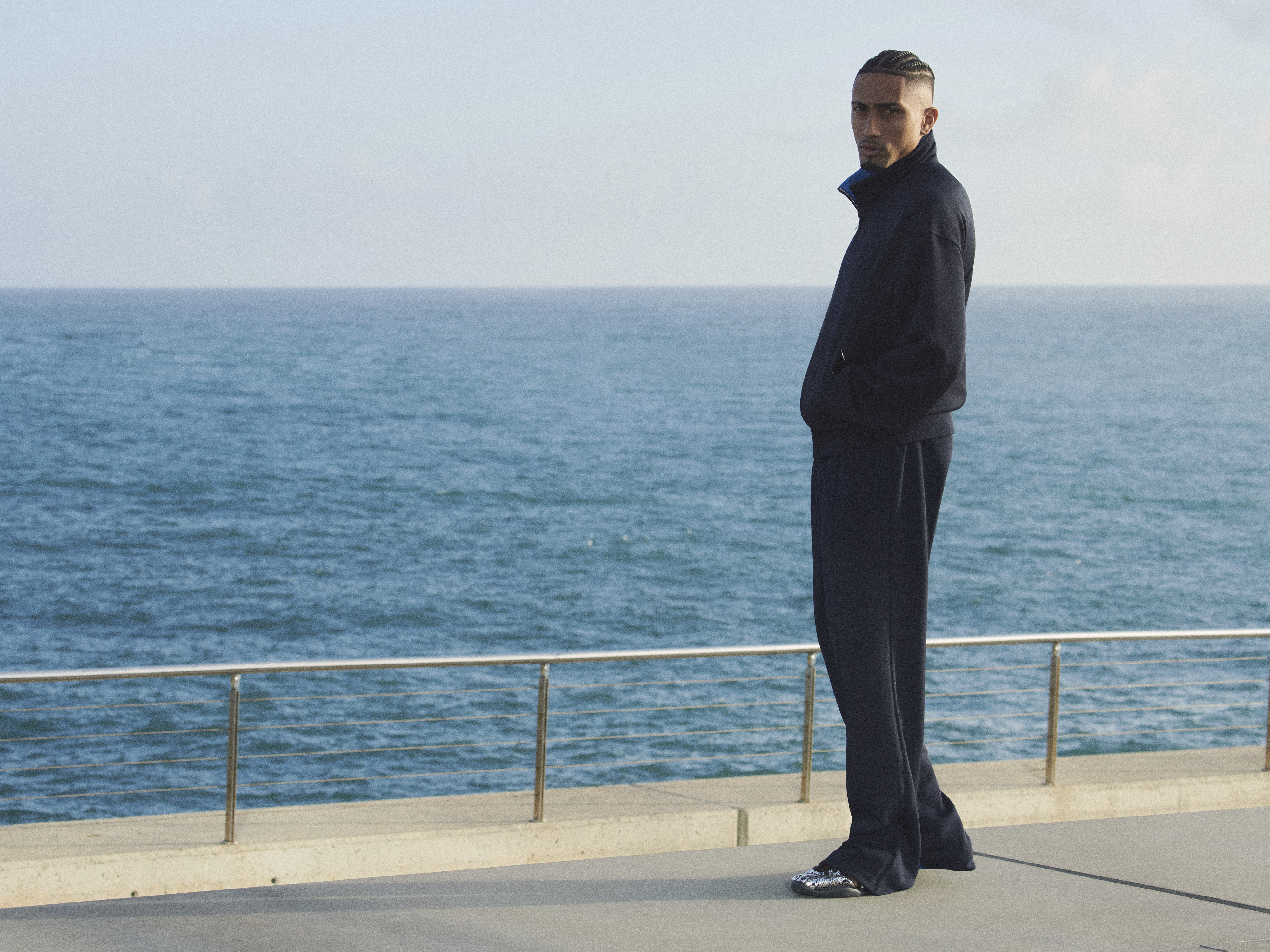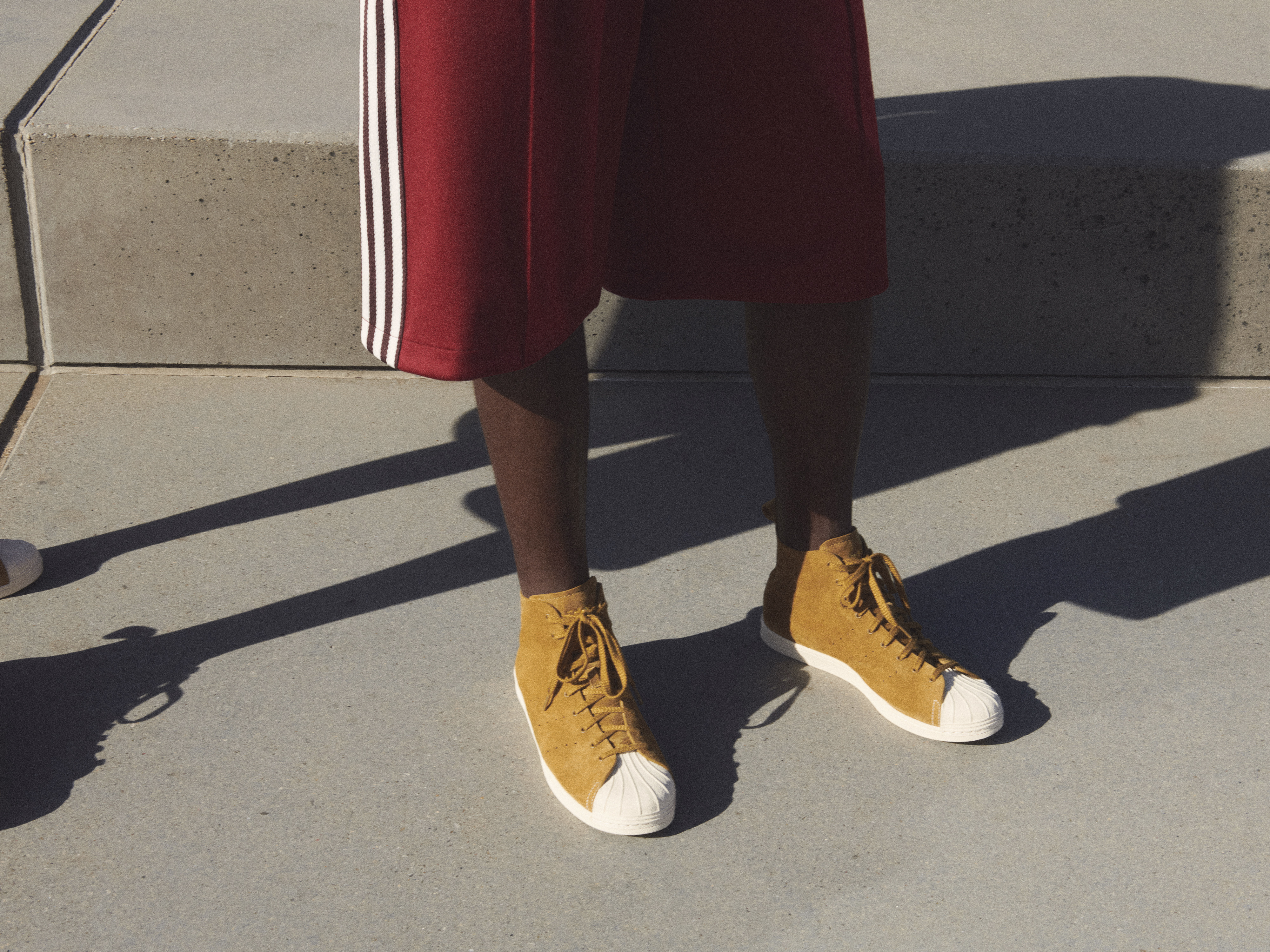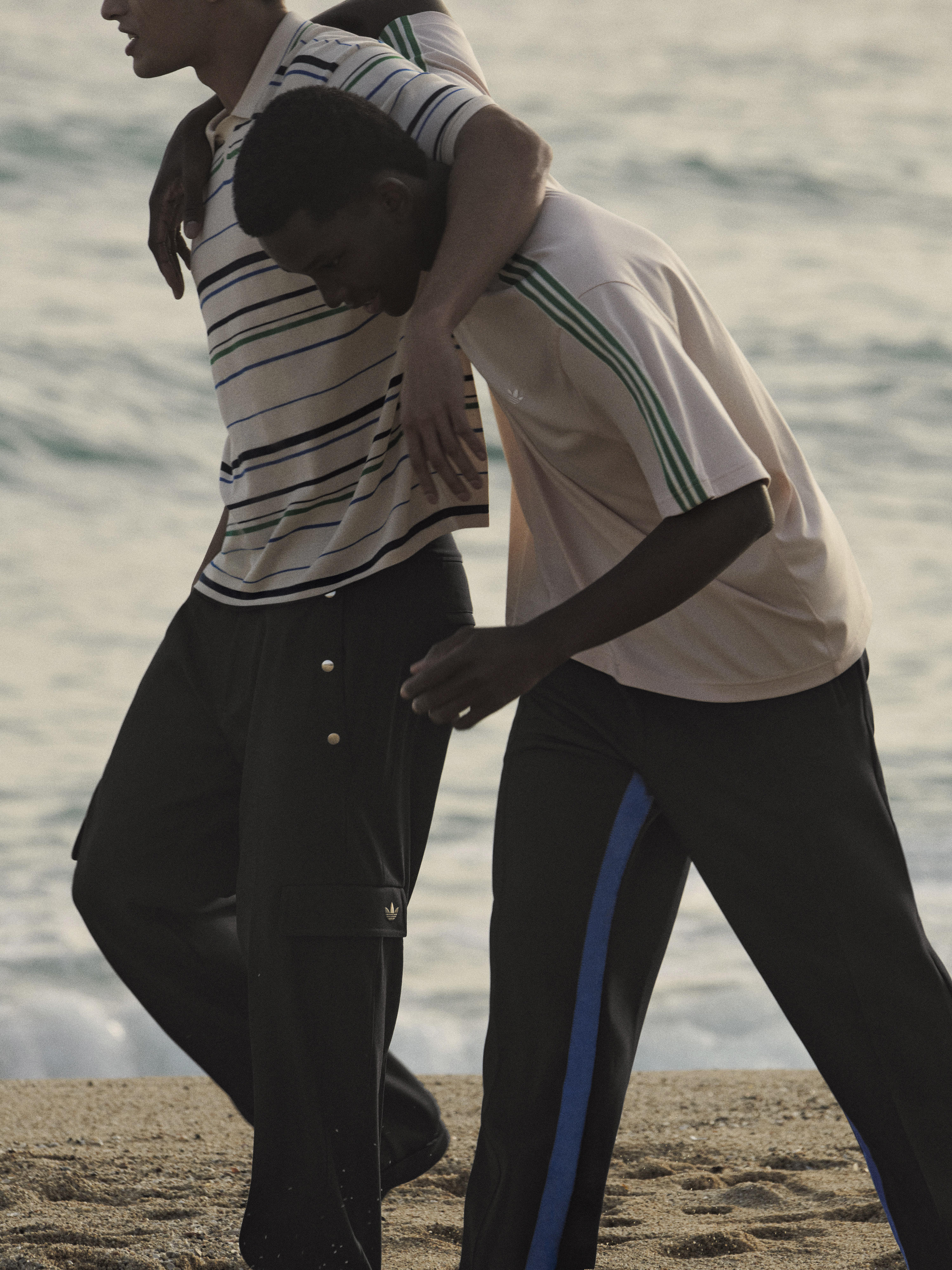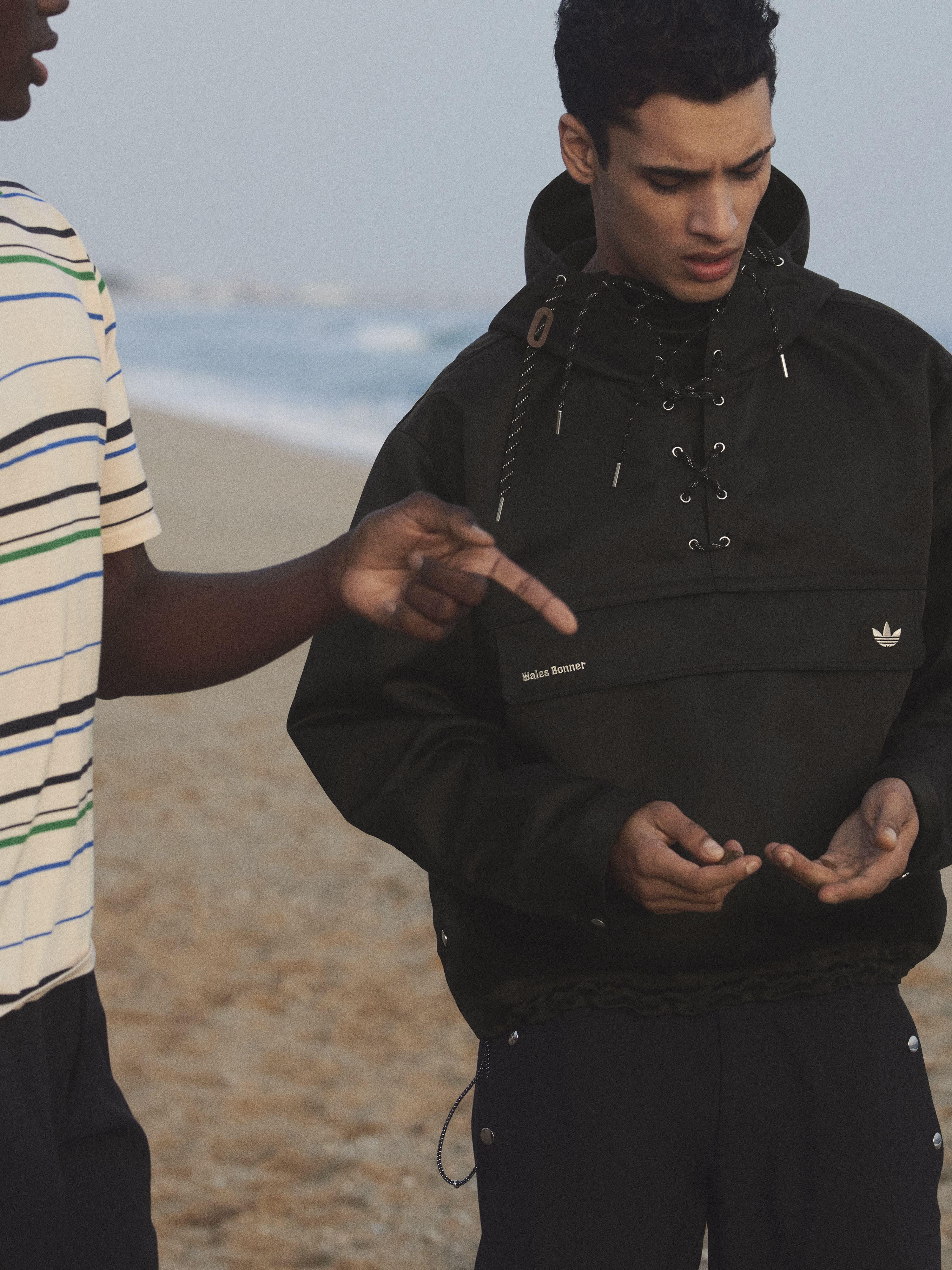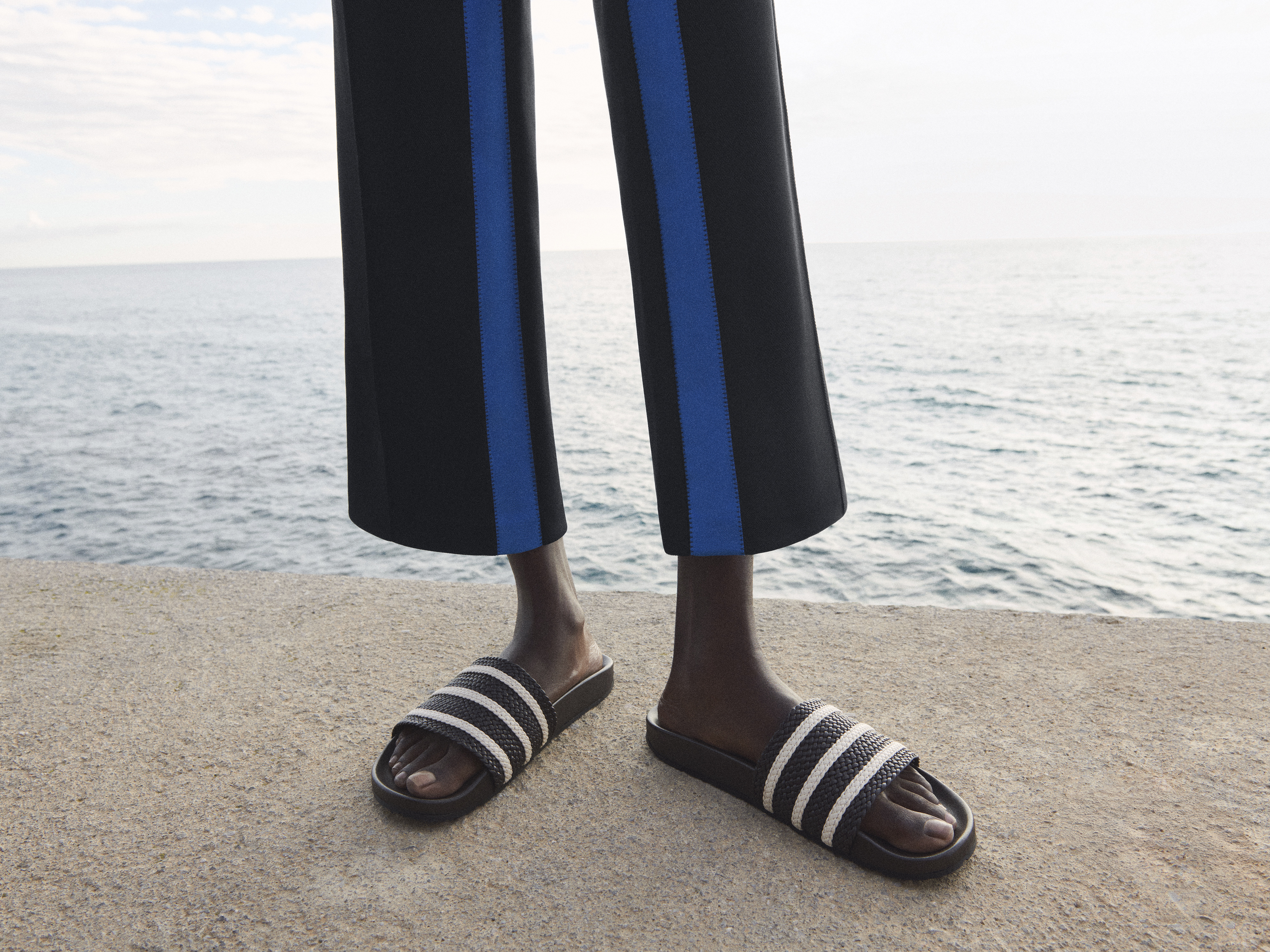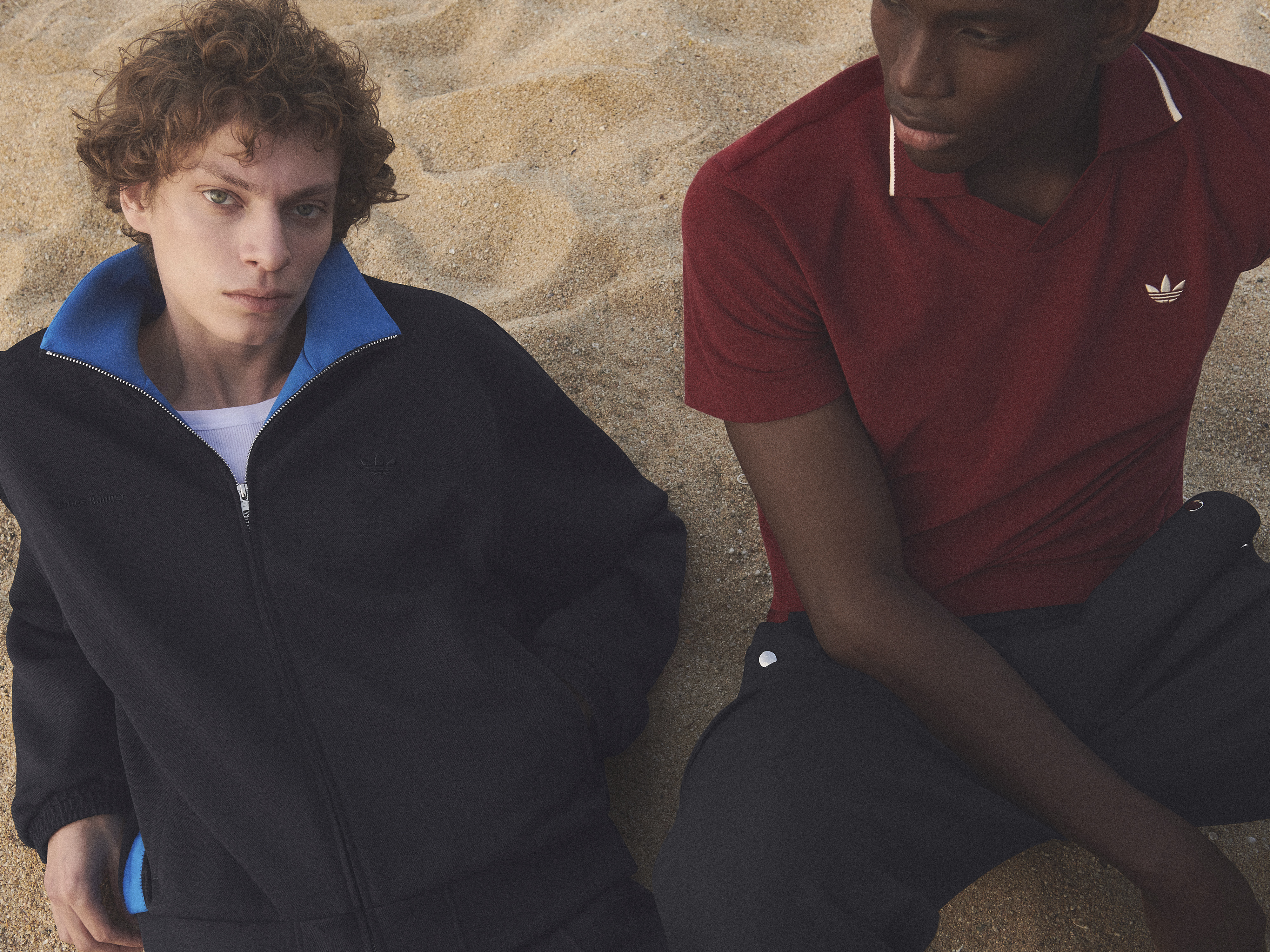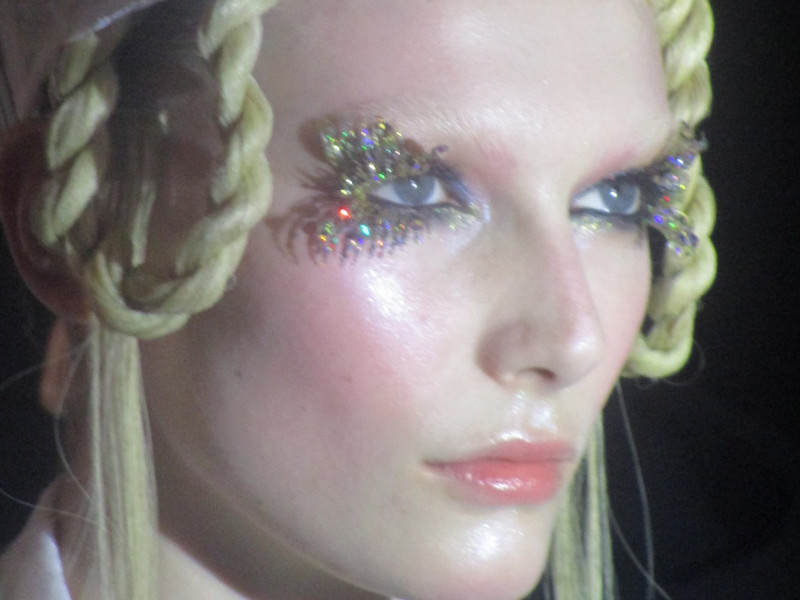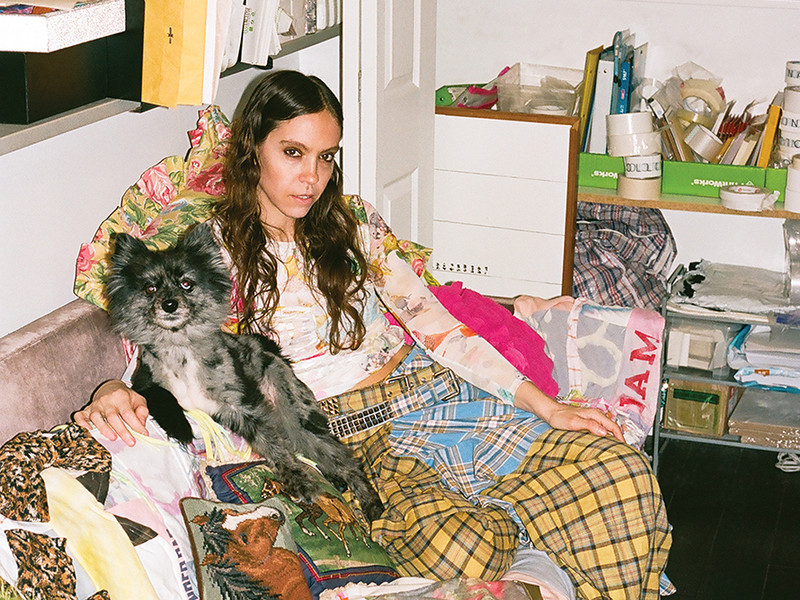Dirt is Quiet, Don’t Make Noise: Lilith Stangenberg
Nearly eight years ago, Strangenberg found common ground in her creative pursuit upon meeting and collaborating with Paul McCarthy, a multidisciplinary artist whose decades of work largely interrogates American influence, including mass media and consumerism. Over the years, the two have continued to share artistic understandings, pursuing the question of provocation versus existentialism. Which one holds greater value? Captured through an often absurdist lens, their art centers on stomach-turning scenes of smeared blood and human shit, backdropped by nude intimacy and experiential sound.
Beginning with their loose adaptation of The Night Porter, an erotic psychological thriller of an ex-Nazi SS officer whose past haunts him while entangled with his newfound love, Night Vater is McCarthy and Strangenberg’s take on the cult classic, in which they transform the narrative to reflect the darkness that lies in Hollywood. After years of on-and-off production, Night Vater crystallized the attempt at understanding the infliction of existence, later seeping into their A&E characters, Adam and Eve, interchangeably, Adolf Hitler and Eva Braun. Titled, The Drawing Sessions, McCarthy paints Strangenberg, both in the A&E characters, for hours on end, delving deeper into the psyche of the subjects. These intense sessions evoked the artists to create a film of the Garden of Eden, where McCarthy adorns the infamous two-inch stache and Strangenberg bears a slight resemblance to Eva. However, this film subverts the known context and is set in the Los Angeles desert.
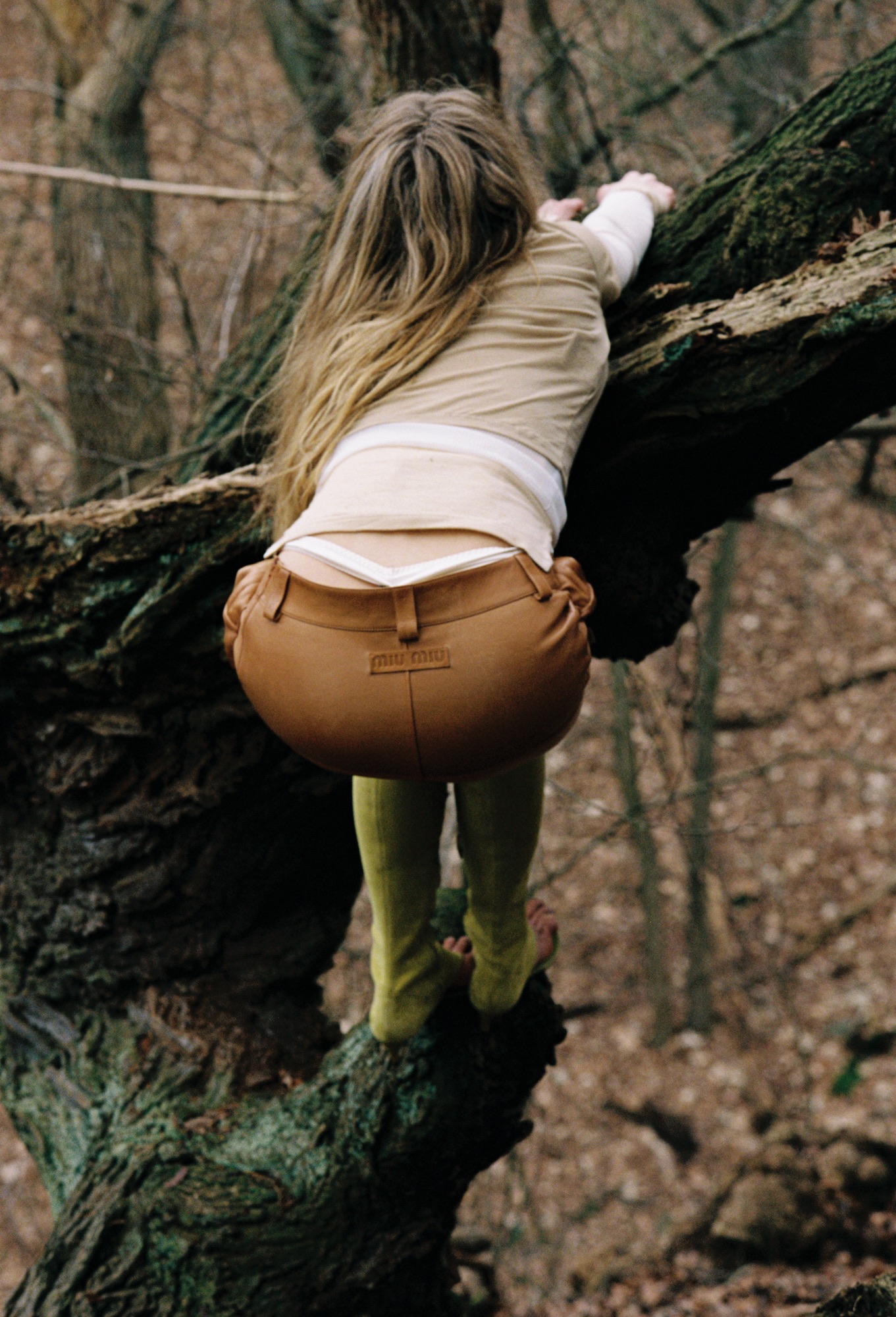
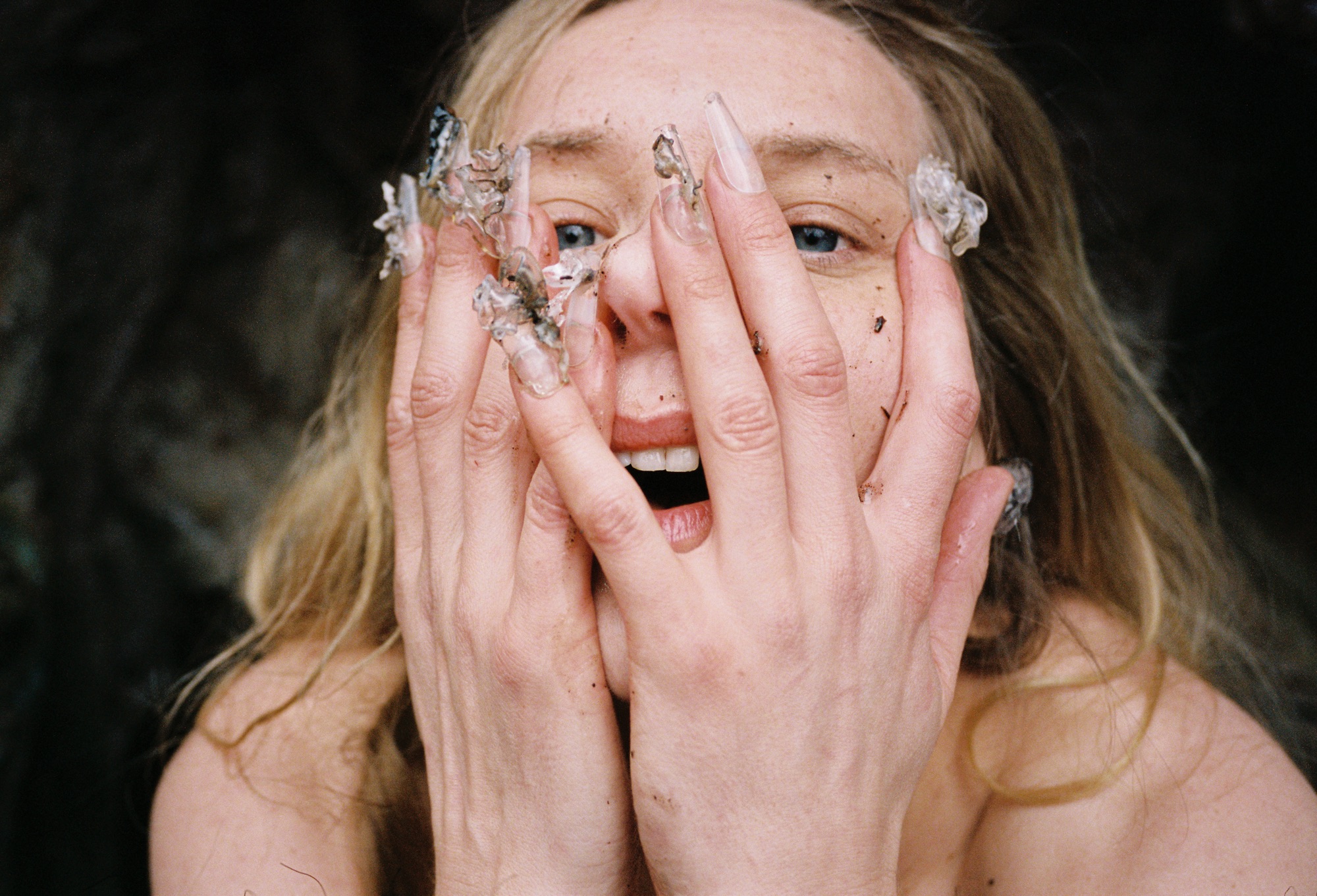
LILITH wears FULL LOOK by MIU MIU
Strangenberg attests to art acting as a door into the inner part of oneself, where the true self lives. While her early readings of Dostoyevsky have complicated these understandings, the German artist continues onward, unraveling the thread that is life. Experiencing Strangenberg and McCarthy’s collective art feels like a dream where all senses are heightened, and the limits of what a person can visually take are pushed. Over Zoom, both artists indulge in conversation about how they met, the attempt at making an image, and the ultimate question of provocation versus existentialism.
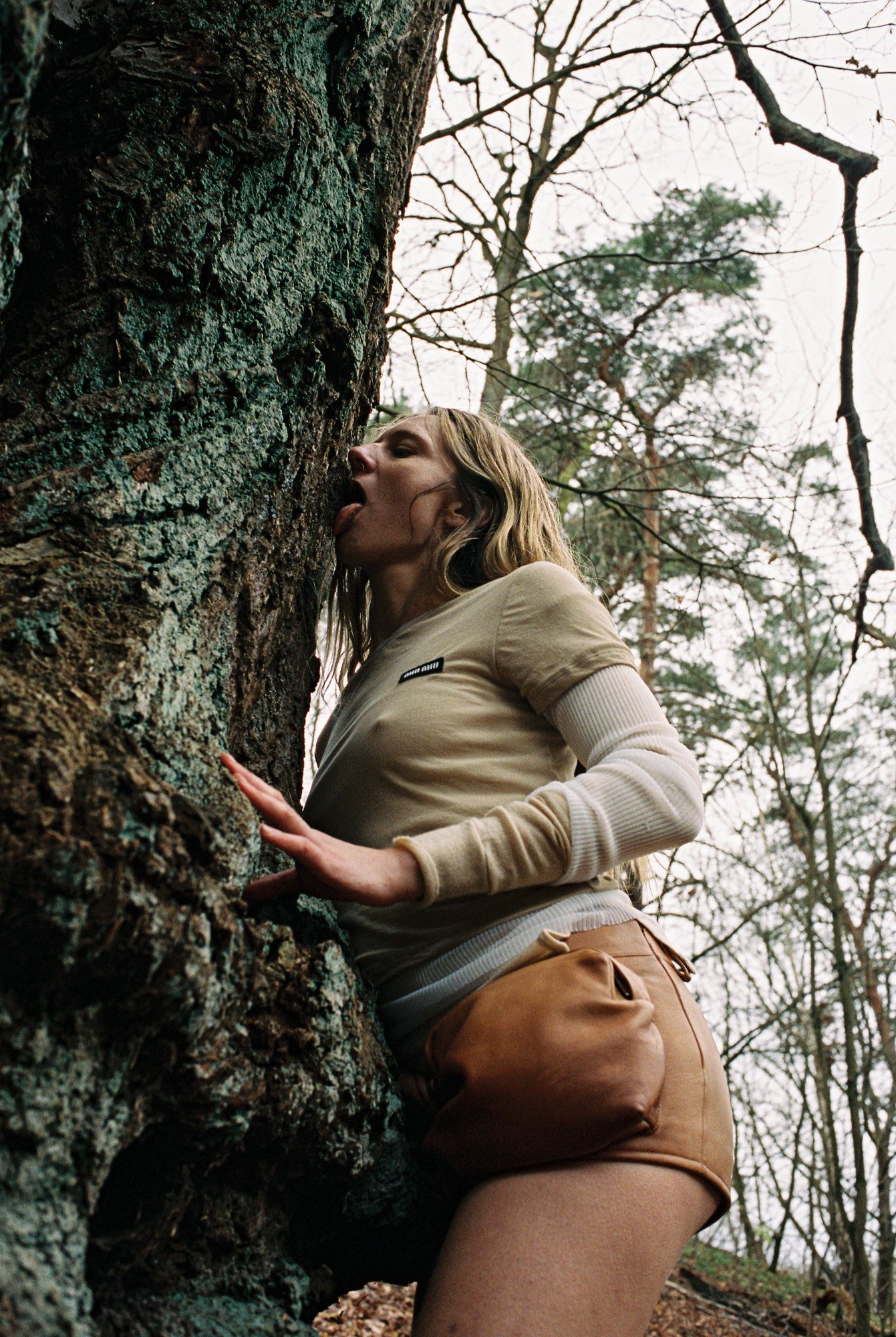

Lilith wears FULL LOOK by MIU MIU
Lilith Strangenberg— It was 2015. I was part of the Berlin Volksbühne theatre. Paul was invited to do a sort of show there, and decided to work with some actors from the company, so this is how I came in. We kind of reshot some already existing scenes from the exhibition Paul showed there, some videos which we reenacted. This is how we met, but only for a couple of days. The work was pretty interesting for both of us, and we decided to talk about a film project, The Night Porter, the film by Liliana Cavani; we thought about doing a sort of re-imagination of that film.
Paul McCarthy— We came up with the idea to do a remake of The Night Porter while we were rehearsing a scene in the bathtub. The bathroom had tile on the walls, and somebody said, “it reminds me of The Night Porter,” then I jokingly said, I think it was a joke, “we should remake the film.” It took how many years before we did it?
We actually shot the film and did it in 2019.
Yeah. I wrote a script and we performed in a large set called “The Maze” that we had built in my studio. The performances took place over 30 days.
When the idea came up, it was a pretty magical moment because we were in this little bathroom in the theater. I had a short wig, and I kind of looked like the character [Charlotte Rampling in The Night Porter]. And then, as you mentioned, there was this architecture of the room that reminded us of The Night Porter.
The collaboration between the two of us has been going on since 2015. Drawings and sculptures came out of Night Porter, or NV (Night Vater) and A&E. Lilith said in the bathroom that Night Porter was one of her favorite films, and I said it was one of my favorite films. It took a long time to get it together to do Night Vater – four years.
The narrative of Night Vater is similar to Night Porter, but shifted. In NV, Max is a Hollywood slimy predator producer living in Los Angeles, not a Nazi officer. Lucia is a young girl coming from Germany to meet Max to audition for a film. She is not a young girl in a concentration camp. Towards the end of shooting, we were trying to resolve how and where the suicide of Max and Lucia would take place. We thought we could do the suicide scene in the woods outside of LA. Being in the woods brought up the subject of Adam and Eve, A&E or Adolf and Eva. And then it was a question: "Do we really take on that subject of Adolf and Eva?” Once the doors opened, once Pandora's box opened, what were we going to do? Also, at the end of shooting The Night Porter, we changed the name to Night Vater, or Night Father, which had to do with me being much older than Max in Night Porter, which we thought was interesting. It disrupted the expectation of a love story and introduced the subject of incest. You're not really sure if I am Lucia’s father, or I'm not. It's confusing as to who these characters of Max and Lucia are. Is it a love story of a father and a daughter, or not? Is it part of their erotic buffoon play?
I was just thinking that, the first time that we went into those A&E characters, was during those long drawing sessions we did, which is an interesting way to learn something about a new character, and over a period of two years, we just did drawings as Adolf and Eva, before we even started to shoot the actual film, the A&E film. So when we started filming, we had already practiced a lot, so we knew so much in a very primal way. While drawing, we kind of went deep inside the psyche of those characters.
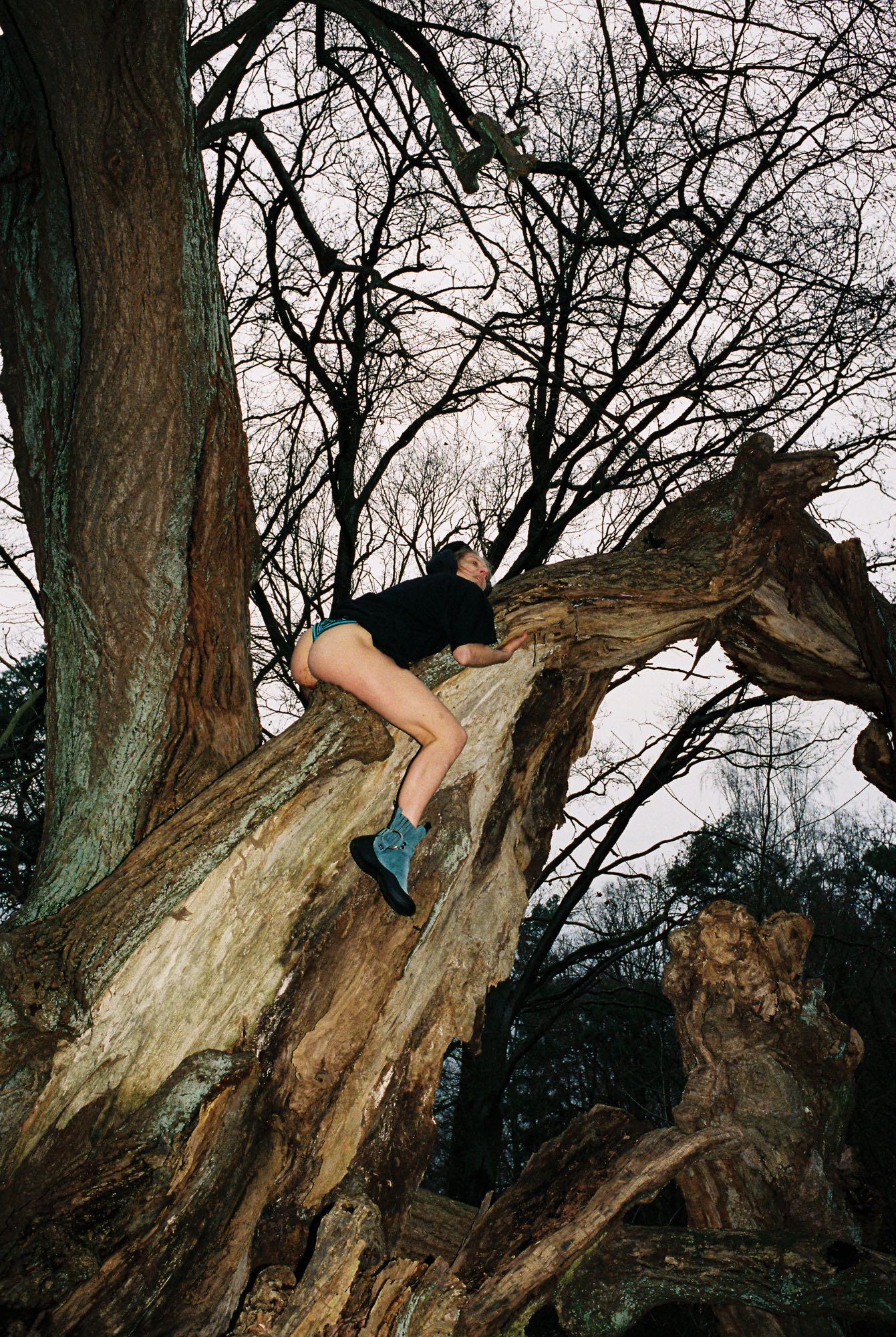
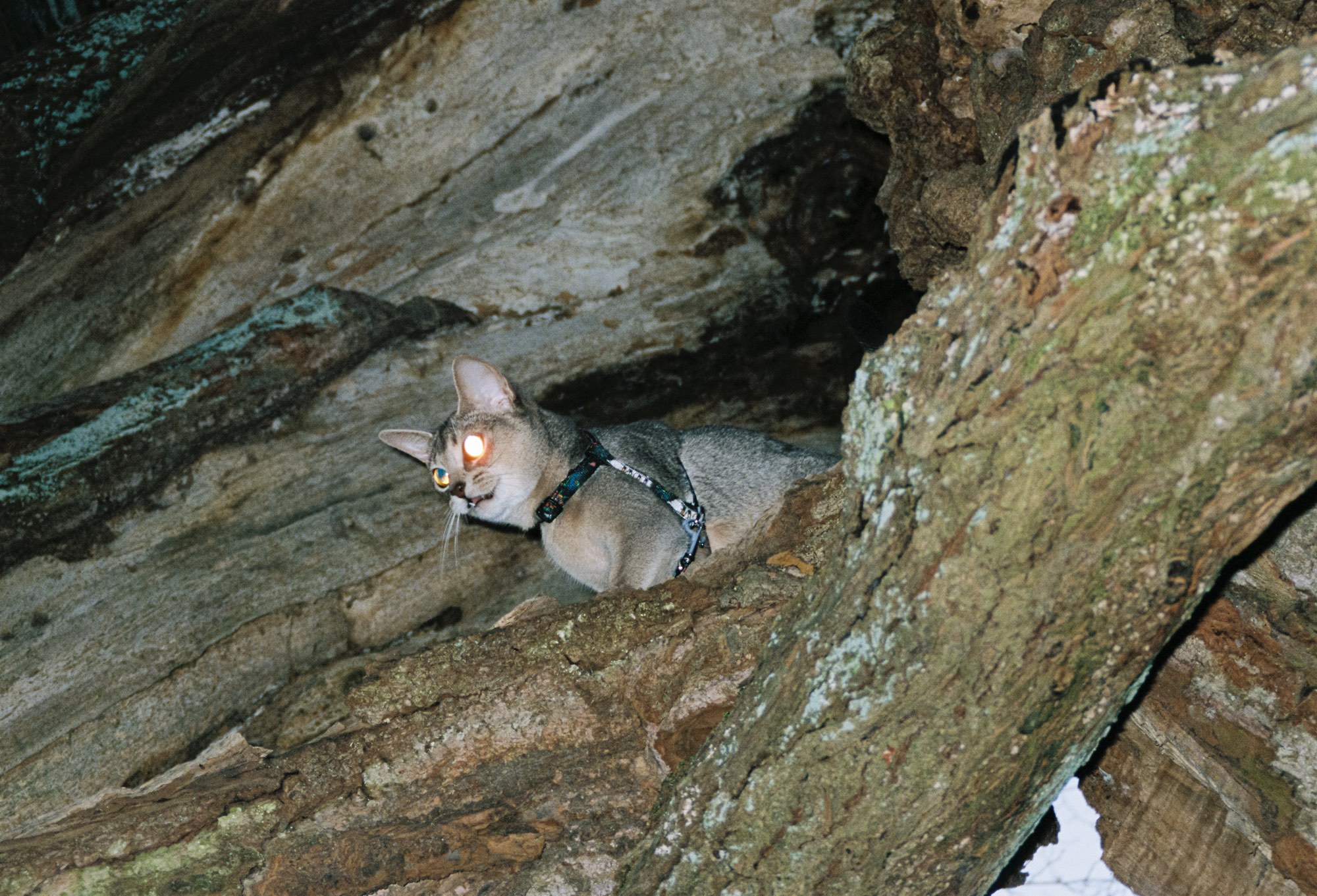
LILITH wears HAT by J.KIM, DRESS and SHOES by JW ANDERSON, UNDERPANTS by EKATERINA ZELENTSOVA
That's also part of trying to understand what it is that we've been doing, because there was The Night Porter, then there are the drawings. The drawing actions are titled The Drawing Sessions. The sessions sometimes lasted eight to twelve hours. It's always been hard for me to explain how or why it works – it’s a subconscious dive. The six-by-ten feet drawings are always done on a large table. The drawings become like a stage or an arena. The characters develop there. There is no script. It is an improvisation.
I understand the drawings and also the films as windows or doors, and I think it's inside of all of us, inside of all human beings. There are certain parts that we always try to hide or repress, certain parts that we never reveal to the outside, in society, or normality or reality. I feel like maybe it's an inner animal. I think the drawings, and what we did in the drawing sessions, [speaks to] what art is; I understand it as a sort of door or an entrance relieving this inner animal – the silent secret nocturnal part inside of us. It's a realm where reason is not guiding anymore, more like an endless dream — a delirious state.
It's easier to some degree to talk about the films; these video productions are conceived as a series, or a long feature which is five to eight hours. I think of them as a continuum. We repeat certain actions, scenes over and over. They change each time. It’s part of an attempt to dig deeper. There is a structure, a skeleton that has been mapped out in the script that helps move the narrative. It is the improvisation that is critical. In the drawing sessions, there's this thing that whatever Lilith is doing as a character, it's almost as if what she's doing manifests itself in the drawing, but not literally. I think we both lose ourselves. It flows in a circle. Delirium. After we shot The Night Porter, we couldn't begin to shoot A&E because Covid happened. I don't know exactly what happened in the woods that day, but Lillith improvised with what was there. And whatever the environment was, whatever the ground was, she entered a kind of zone. When someone says action? She can go into it, a free zone, free in the sense of creativity making art, free to make a language. It's an attempt. If there's anything that is about the two of us, it's the agreement to attempt to make this language that is poetics – it's about art and the importance of art. There’s a freedom that has to exist within it.
What I mostly experienced when we did the drawings and when we filmed is that creation, it's very unpredictable and chaotic, and you cannot really control it . It’s like desires: they just appear, and then they are gone. With creation, that's the same thing; it’s more like with dreams, the minute you wake up or want to control or understand it, it's already gone. Just escapes. For the magazine shoot, I felt that the forest was also a form of a gate, a door into the subconscious, or into the realm of fantasies, dreams, or psyche. The opposite of what we experience in a city or in a town.
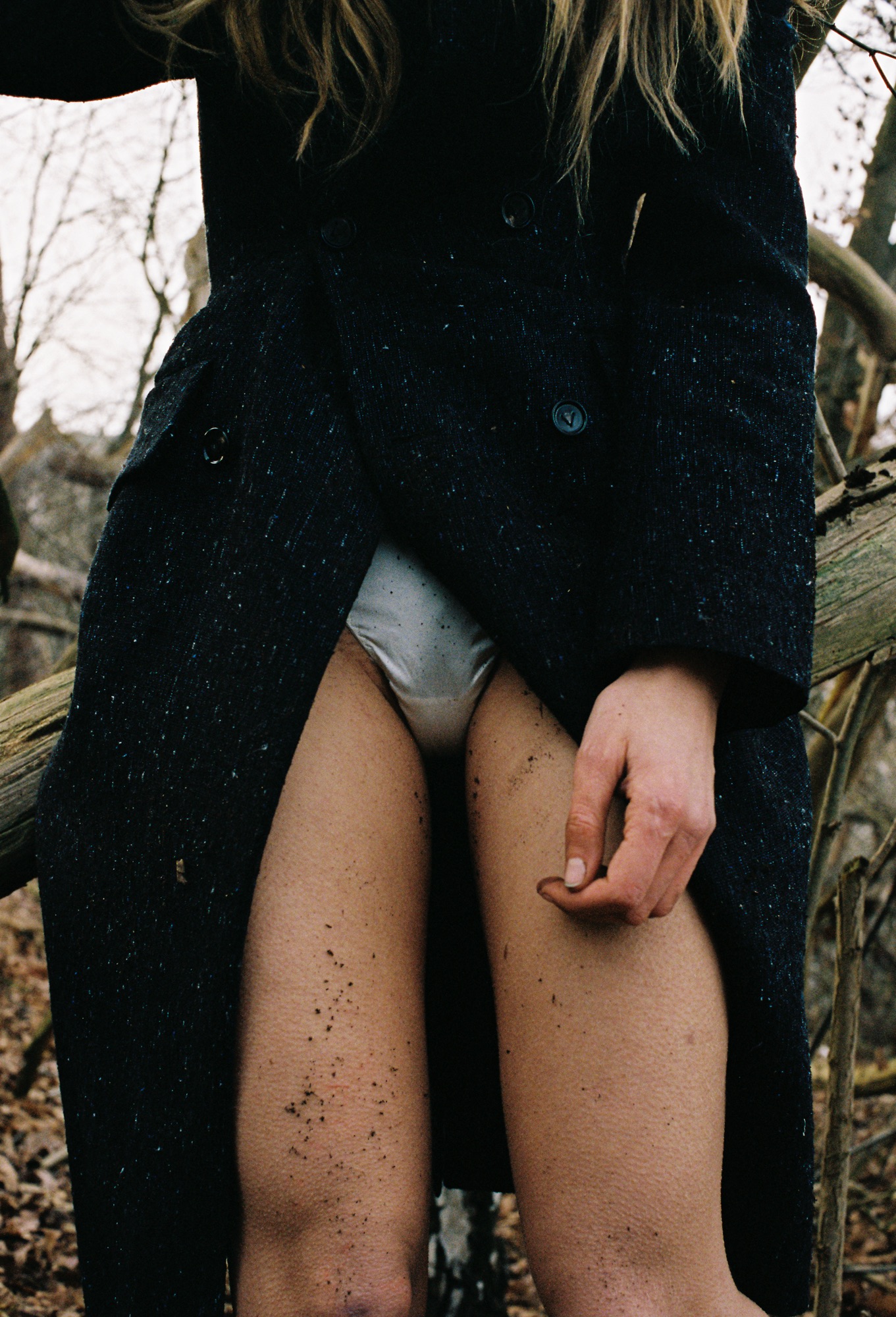
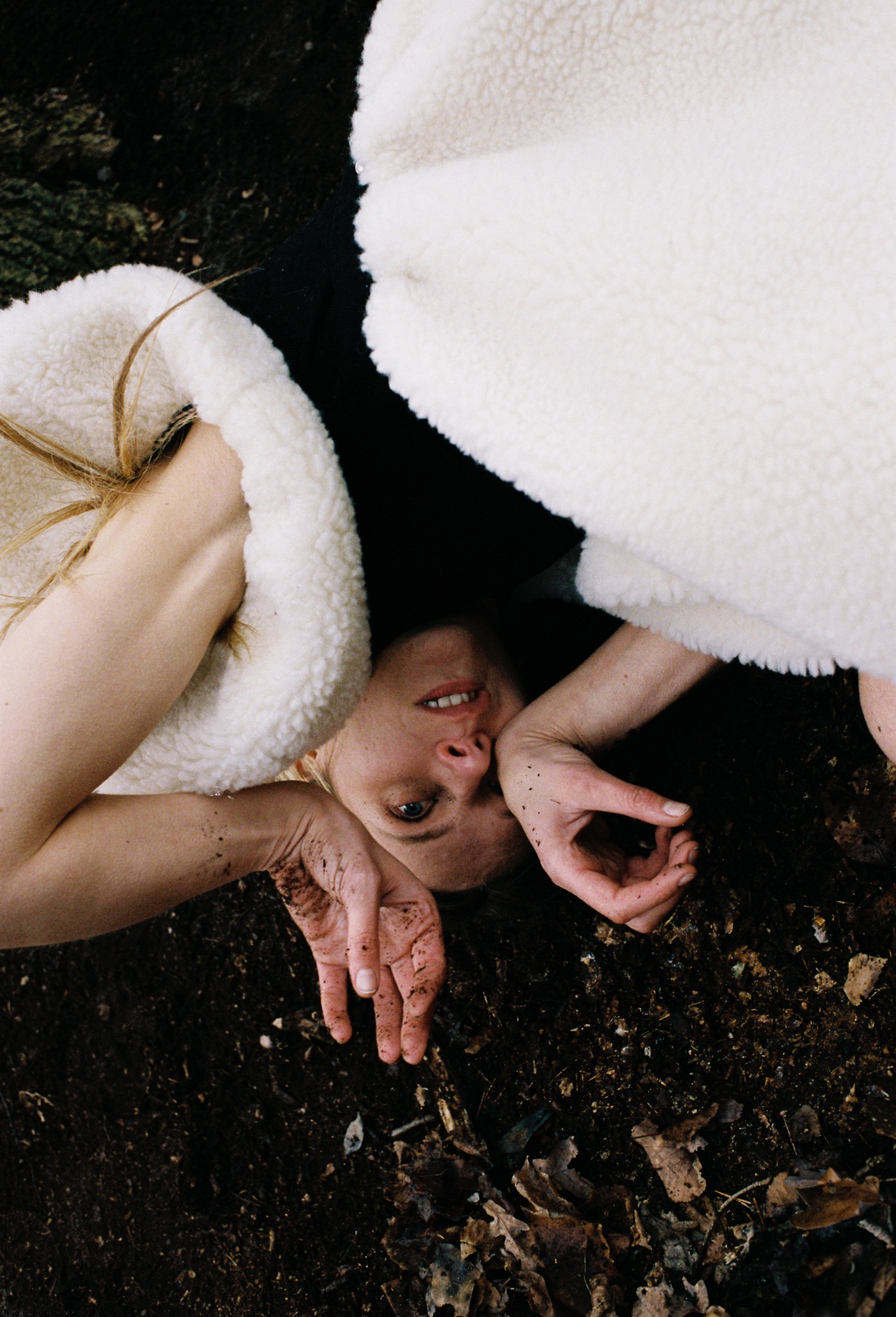
- LILITH wears COAT and SHOES by BOTTEGA VENETA, UNDERPANTS are TALENT’S OWN / LILITH wears DRESS by ANTON BELINSKIY
It's also that a forest is a living thing. It is something that's of the ground, the Earth. There’s something about going back into nature and back into something primal and the association that we have to the forest, the animal coinciding with nature. Even at some point, I like referring to ourselves as certain animals, a cat, a pig, or a hog.
What interested me about the nature we filmed in was that it was so dry over there, and there were all those dead trees lying on the ground and they looked like skeletons. Not a very lush version of the Garden of Eden, a cruel and violent dystopian version. It’s winter here in Germany, and it's cold and endlessly gray. It’s January, and the trees have no leaves; they are naked. You look at them, and you understand so much about each tree; why he bent to one side, or torn, or why is he strangely so positioned. As if it reveals the whole story of its life. You see the tree's skeleton. Its soul. I believe they have their own personalities.
What’s happening now is it’s been raining so much in California that the landscape will change in the spring. The area that we shot A&E, the area that we shot A&E in was quite dry — harsh. This year it will be green with more flowers.
Deleuze [Gilles Deleuze] did an interview like this once. He did an interview on ABC, where someone would give him a letter, and he would give them a word.
He goes right down the list. Yeah. There are way more words, but here we go. Oh, one thing that’s interesting – I counted the number of days that we've actually performed, and it's 100 days right on the dot. Not counting Berlin, it's 100 days.
Oh, wow.
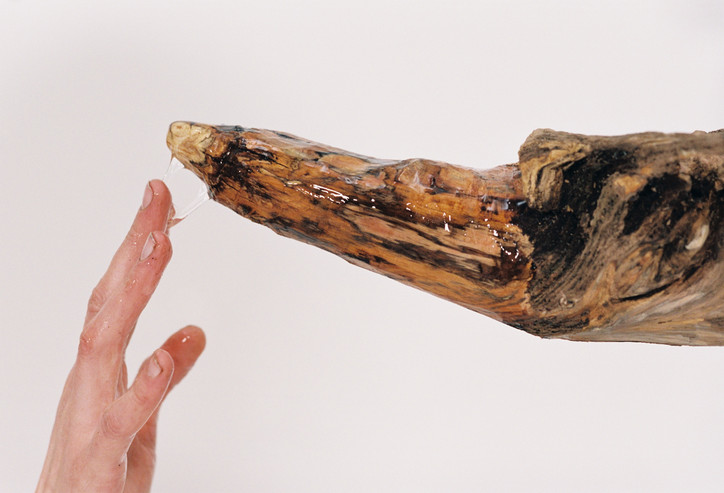
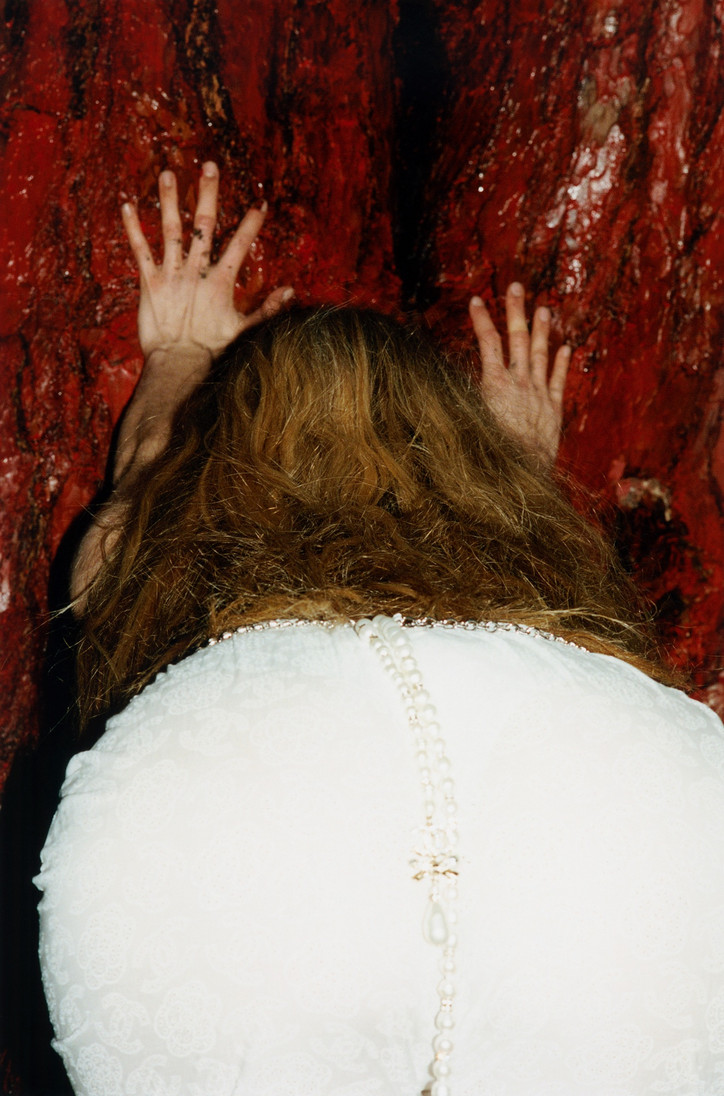
Okay. Erotic, scripts, improvisation, desire, father, daughter, Adolf, Adam, Eva, Eve, Marilyn Monroe, Lillith, Paul, fascism, America, Germany, acting, art, erotic, transgression, provocation versus existentialism, sex, shit, shitting, shitting on the face, shifting shitting on the face, shit smearing, peeing on the face, peeing on the dick, sandwich, ketchup, champagne, blood, butter, dick, biting, biting ears, biting tongue, bashing head, stabbing, shooting, nature, architecture, prosthetic, a series of words which is much longer.
You give me one, and I give you one.
A&E.
America and Europe.
Bursts.
Birth. Mickey Mouse.
Death.
Over and over, again and again.
Purity.
Language.
Aggressivity.
Erotic.
Innocence.
Love.
Scream.
Mouth.
Dick.
Cunt.
Soul. Goddess.
Female.
Mother.
Nipple. Father.
Dick.
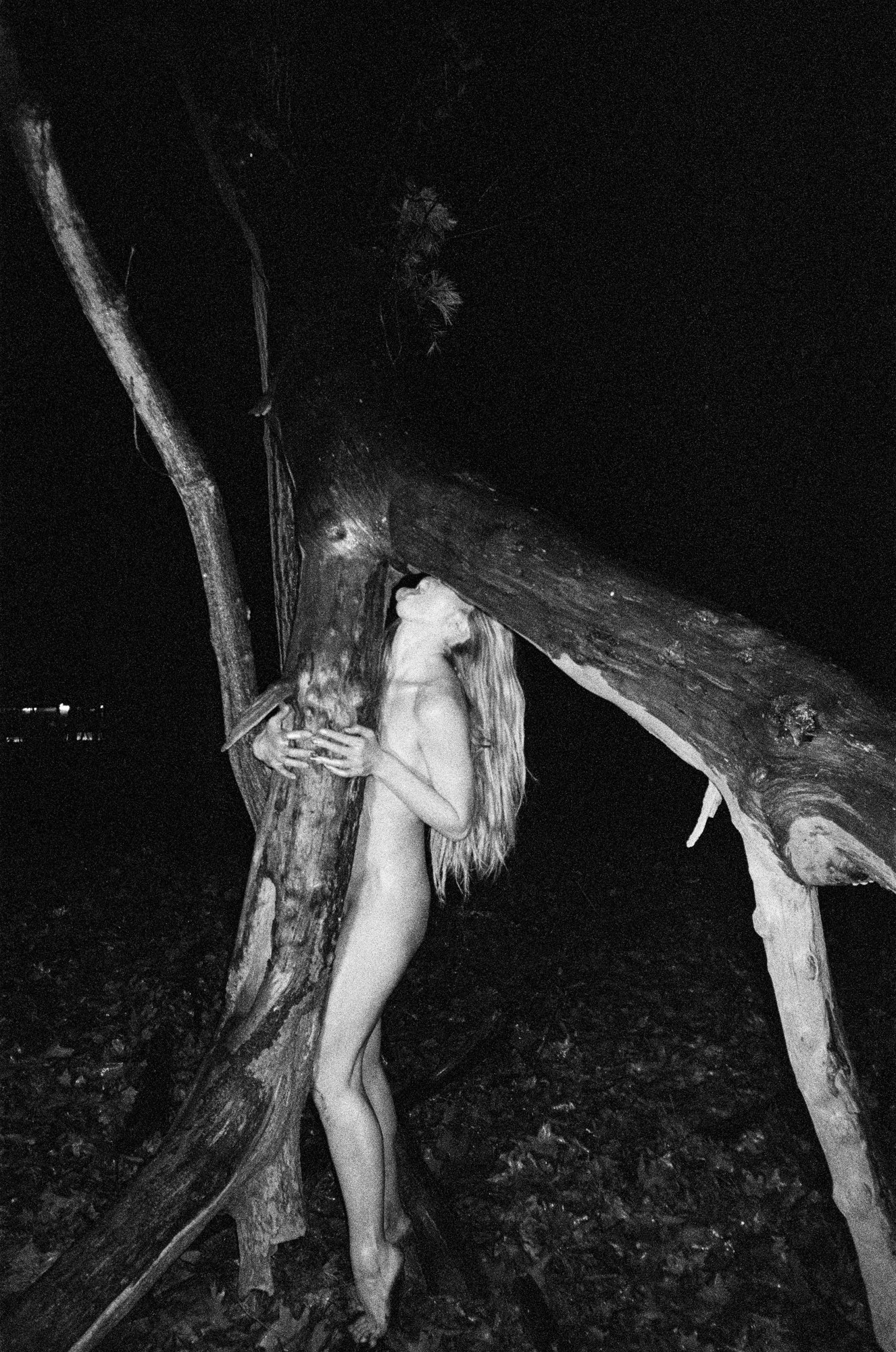
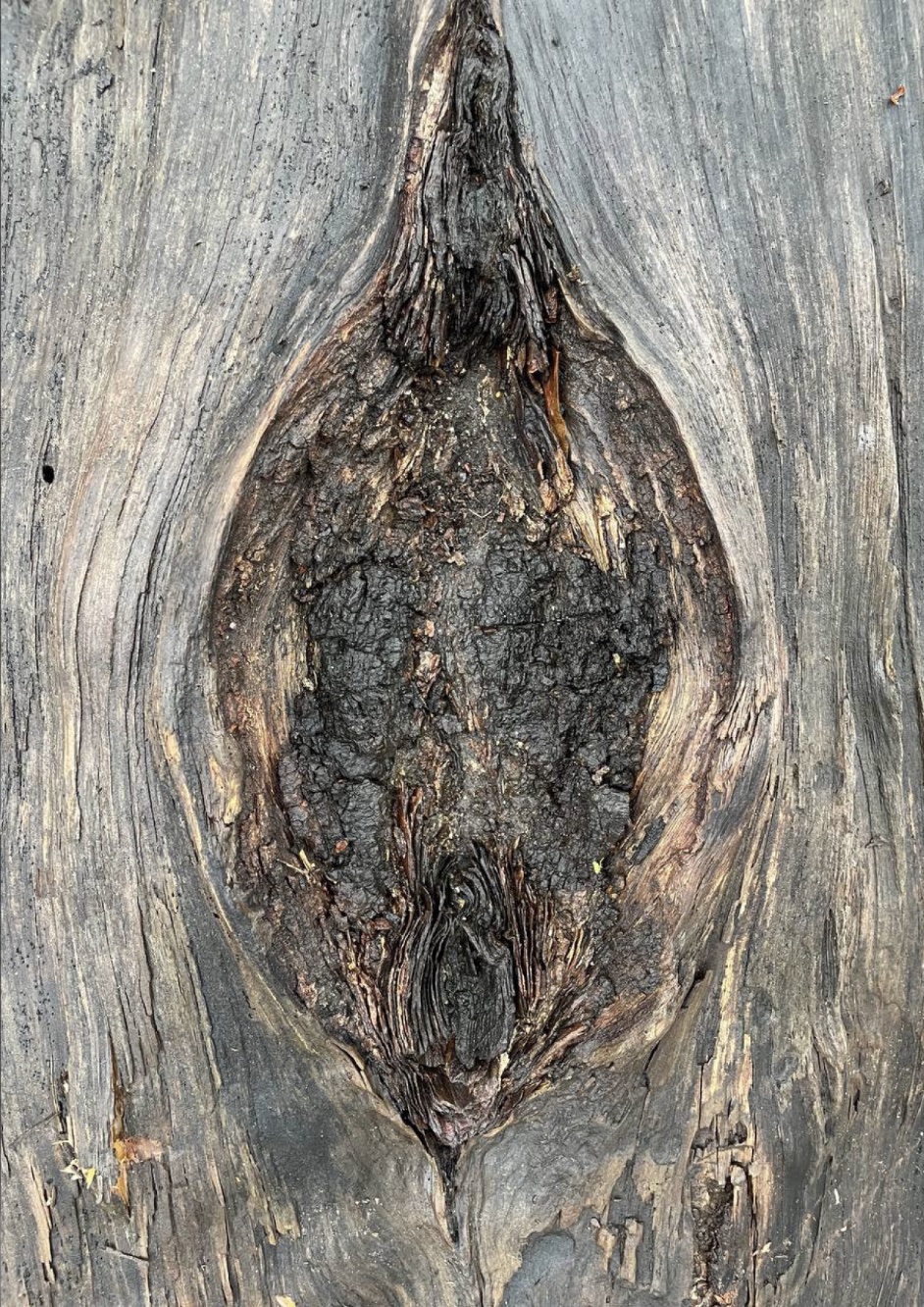
Hey Paul, you know what, I was reading a book about masochism. It's the book I showed you, and there are three books, actually. The one I read is about 1,000 pages big. It's mostly about the writer of Venus in Furs, Leopold von Sacher-Masoch. And a lot of different writers write an essay on masochism. I wish you could read it. It's super interesting.
It’s only in German?
Yes, it’s only in German. It doesn't exist in English. But it's a very interesting collection. Also, in the other book, there are so many images, so interesting and so profound. I'm still very occupied with the same sort of questions. When I was very young, around 16, I discovered Dostoyevsky, and since then, I never really recovered. I always end up going back to Dostoyevsky.
In the book about masochism, they end up with Dostoyevsky, too. With his essence that the way to the highest, purest form of virtue mostly leads through the darkest, most difficult way of sin. And I really understand Marquis De Sade in the same form of spirit. He often positions the innocence next to the aggressivity, and I think art is often always about those two energies; purity and aggressivity, beauty and Beastiality.
The physicality within masochism, the essence of the body.
Pain.
A&E and Night Vater are connected, they’re a diptych.
I think A&E is more innocent.
It's a form, but there's something more innocent in the characters, right?
Not just the characters, but as a whole piece of art, the whole thought is higher than The Night Porter; it’s its own creation.
I think that they are related to one another in a number of ways, subjects. Both give out. You are constantly moving the moment into something. I see myself watching at times simply stunned. There are two of us. What comes out of us as we do it, and what we feel as we do it – what we become. There’s an addiction to doing it, a drug and a release. It is a state of mind. And also the infliction of existence. That's the attempt to go into that and to somehow make an image of that. It's making the image of existence and the confliction of it, which is why the discussion of masochism or suffering is in there.
And there lies the addiction? When I was inside that tree for the photoshoot the other night, it was very dark and super cold and raining, and we had already shot the whole day — then it came to the last picture, me naked inside that big oak tree. I was a little scared because it was so cold, but all of sudden, I felt so protected and so sublime. It was interesting. Maybe everything that we do, and what a lot of art deals with, is the attempt to return inside the mother’s body. Maybe death is the only moment where we kind of realize that? When we become raw material.
When I saw the image of you in the tree, I thought Lilith is making an image, the attempt, the effort at the image, using what is there.
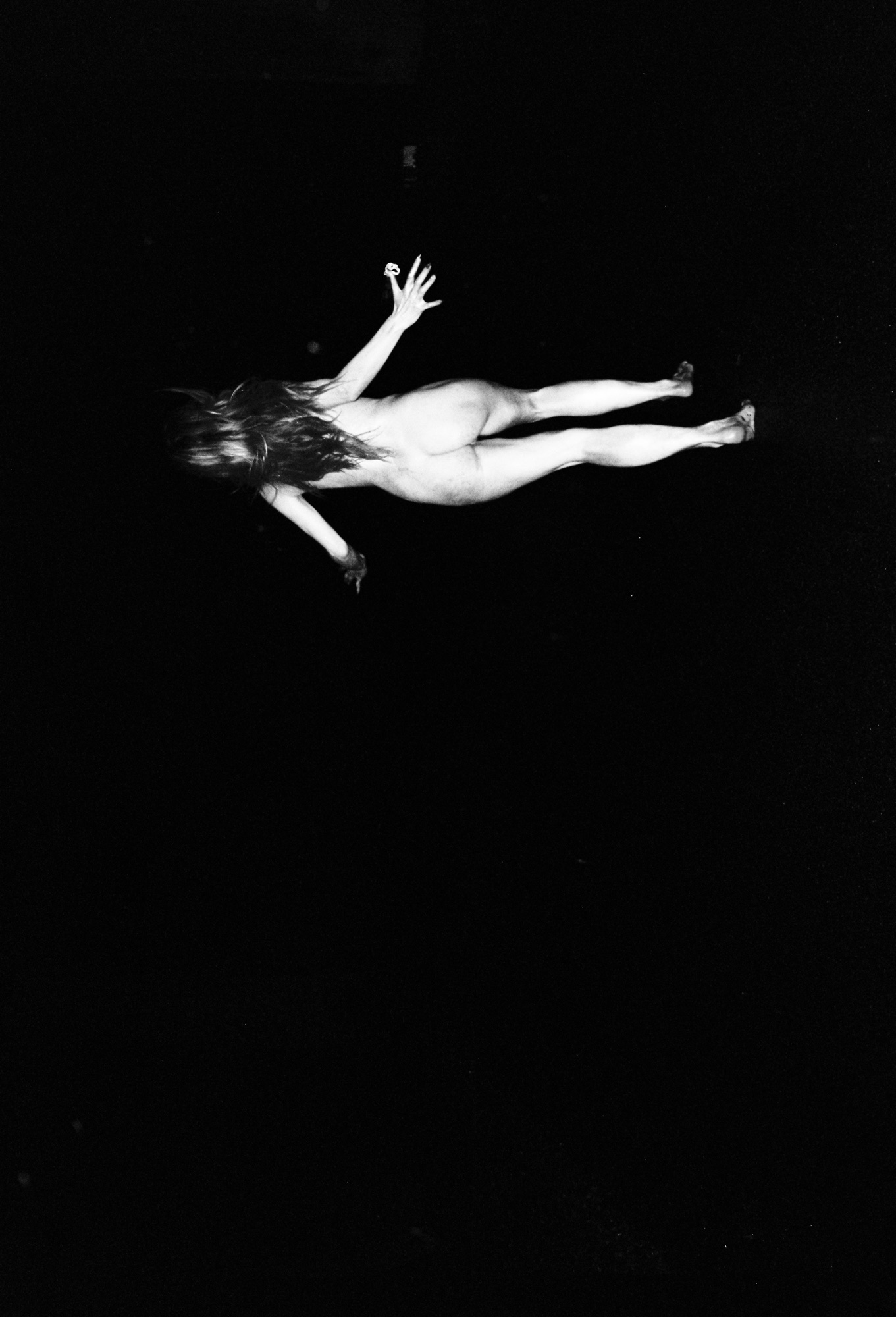
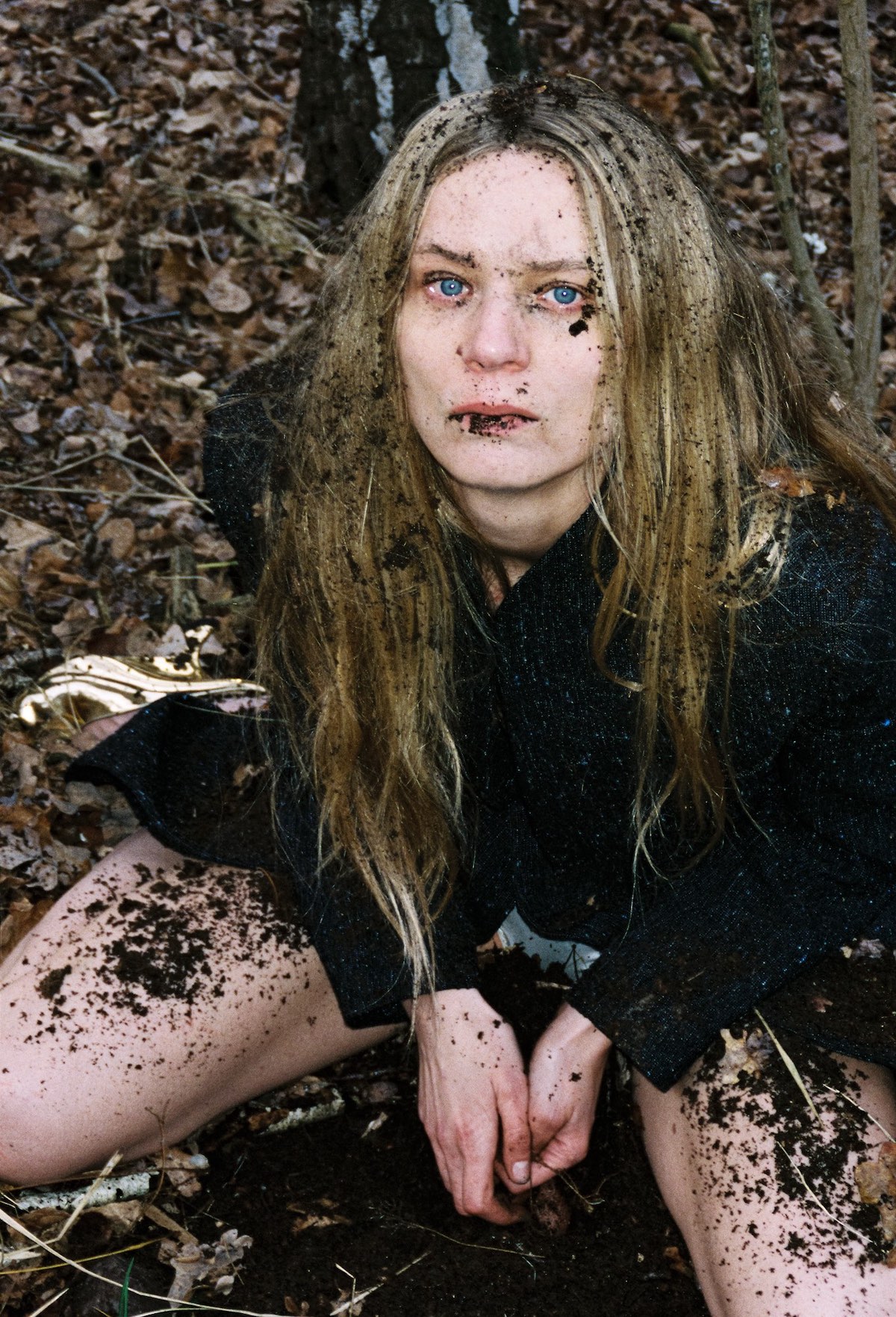
- LILITH wears COAT and SHOES by BOTTEGA VENETA, UNDERPANTS are TALENT’S OWN
You mentioned this form of addiction, looking for delirium. We are looking for it in the scenes, and I think I always have the form of longing inside myself – to transcend the personal.
I think, in some ways, that’s the dissolving. Inn a very clichéd way, it's the dissolving of some sort of logic or ego. There are a couple of times in the drawing session where we've been on top of the drawings for several hours, and you're lying on your back, and you have your hand, your fingers in your mouth and you're rocking back and forth. The body is a kind of a vibrating sack; even if you're saying a word, over and over again the word becomes abstracted.
The word loses its meaning, or the meaning becomes less important than the emotion of the word. The sound.
It may be when the word turns to the poetic. That's how I was thinking the other day. You can define a word like “poetics” in different ways. In some ways, that's when the word, when the action, becomes? There's a poetics to the action.
I think the poetic power lies in the emotion. I think the very big emotion has no words, no language.

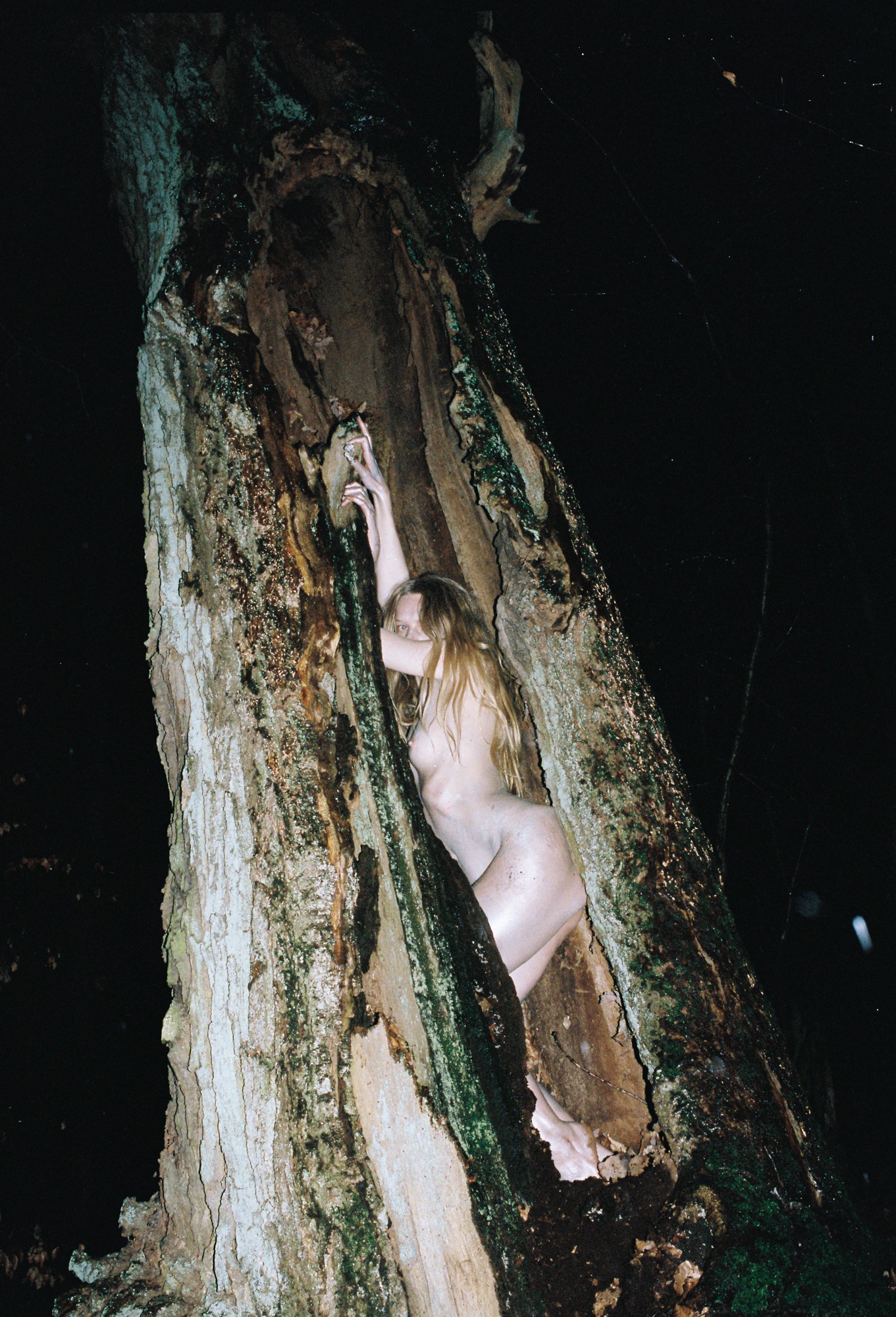
Our language, there's a transmitting, transgression, a form of poetics, the art transmits to the other without the verbal. In A&E, you're not sure what it is? There are these two characters, one is referred to as Adolf Hitler, but he definitely is an American. He's not German. And the female. Who is she? Is she his daughter, or is she supposed to be Eva Braun, but a blond Eva Braun. Who's the female? Why are these two together? They don’t make sense. What is being said or what is being felt, transmitted. It is love, erotic play that is buffoonery. As a viewer, you're caught in this thing that takes you through this very primal path. There's something so sad and humorous about both characters. It is delirium. It's an image of delirium. It's an artifice. I think it’s poetry.
I never thought about what an audience, spectators, would think when they watch this. I never thought about that. But when you just described it, I started thinking about them. How would they feel?
I think they’d be confused. They’d get caught. It's like a fish on a hook. They're caught in a dream, right? A kind of dream.
